 Abraham Lincoln
If given the truth, the people can be depended upon to meet any national crisis...
Abraham Lincoln
If given the truth, the people can be depended upon to meet any national crisis...
 Guildford news...
for Guildford people, brought to you by Guildford reporters - Guildford's own news service
Guildford news...
for Guildford people, brought to you by Guildford reporters - Guildford's own news service
Birdwatcher’s Diary No.278
Published on: 5 May, 2023
Updated on: 18 May, 2023
By Malcolm Fincham
Temperatures remained below average during the later weeks of April as a Scandinavian high pressure continued to draw a cool east to north-easterly breeze across the country.
If had been winter we would have been lucky if daytime temperatures had risen much above 0c. Fortunately, with the sun higher in the sky now, a slightly more presentable 10c in the shade was evident.
And there was a much respected warmth in it when it shone. It had, however, been a slow start to the season, especially in the way of butterflies.
Inspite of the cool temperatures, my own continued plight to capture new sightings and photos were out-witted on April 15 by my friend Bob who had photographed a hummingbird hawk-moth feeding on his Erysimum perennial wallflowers in his garden. An unusual sighting, especially this early in the year.
A visit to Thursley Common, later that day, in the company of Bob and Dougal was quite a productive one, enabling me to add a few new photos and sightings to 2023.
A walk across the heathland revealed at least three singing common redstarts and my first photos of one this year.
The sounds of at least four willow warblers were also a delight to hear. As well as several Dartford warblers along our walk.
We also visited the nearby Hankley Common for the first time in over a year. It was of some shock to become aware of the devastation last summer’s fire had left in its wake. Much of it was still struggling for any signs of new growth.
It was of some relief, therefore, to find a woodlark still present and singing.
Adding to the delight, a tree pipit was also present, in song, and a pleasant addition to this year’s sightings.
At an undisclosed location, due to continued decline in numbers locally during recent years, at least three nightingales had recently arrived and could be heard in song. This was in an area where I had seen them in previous years. One of which kindly perched up within view, allowing a few photos.
A holly blue butterfly, one of several now on the wing, also added to this year’s sightings.
As well as my first speckled wood butterfly of the year.
While growing numbers orange tip butterflies could now be viewed at most locations I visited.
Although having already glimpsed a reed warbler, singing intermittently, on April 18 at Stoke Lake, and another that had briefly stopped off to sing at Britten’s Pond just a few days since, it wasn’t until April 23 that I managed to photo my first, this year at Tice’s Meadow.
Adding to my ‘this year’ sightings while there was a common sandpiper, although unfortunately too distant to photo.
Closer to view, however, was a little ringed plover.
On April 20 at Unstead Sewage Farm, near Godalming, I had the pleasure of seeing my first bank vole of the year.
Also adding another sighting of a newly arrived common whitethroat.
Much work by volunteers has continued to progress there in recent times, in hope of making it more wildlife friendly, with new ‘scrapes’ sculptured and recently seeded.
At the Riverside Nature Reserve, near Burpham during the last weeks of the month many of the trees and shrubs had now begun to break into leaf.
Two great crested grebes in summer plumage were regularly seen preening in the sunshine on Stoke Lake.
Looking out across the River Wey from its towpath towards the back of the Slyfield Industrial Estate a group of rose-ringed parakeets had taken up residence, and could be viewed perched up along the tree-line.
In a tree near to them was a common buzzard, seemingly causing them some concern.
Red kites have also become a regular sighting in the area, often gliding among the gulls that resided about the recycling centre, occasionally drifting across the river and over the reserve.
Closer to view just across the river, a pair of jays were up to their usual mischief.
While at least two Cetti’s warblers continued to be abruptly calling at a least expected moment, to remind me they were still present and well. On rare moments briefly showing among the brambles.
From the boardwalk a kestrel could regularly be viewed hovering overhead.
Both male and female reed buntings had now returned to the areas surrounding the walkway.
In the bushes and sallows, now coming into leaf, were both dunnocks and wrens.
Wrens, now our most common species of bird, can indeed be a delight to watch this time of the year. Defending their territories, they can often be seen turning their bottoms in the viewer’s direction and singing loudly.
By the lock gates at Stoke Lock a song thrush could be seen collecting worms.
While a kingfisher put in a brief appearance, perching on a branch overhanging the river, long enough for me to ‘snap’ a photo.
Over the sewage works, small groups of hirundines continued to pass through, stopping off to take advantage of the density of insects accumulating over the sewage beds. Now mostly including house martins.
As well as a few swallows.
On the ‘scrape’ near Stoke Lock, two pairs of shoveler ducks still lingered.
By April 27 I had my first sighting of a pair of Canada geese with a clutch of goslings.
Also getting my first photo this year of a common sandpiper (having previously viewed one too distant to photo, at Tice’s Meadow) as it fed on insects around the edge of the island.
At Britten’s Pond the kingfisher sightings during the latter stages of the month had become less frequent. Although still making a few appearances, perhaps having setup its nest-site away from the pond.
While a pair of grey wagtails could be regularly viewed.
A carrion crow having set its nest-site close to the pond could be seen feeding on something, less desirable to humans, by the outlet stream.
While the rooks remained high up in their rookery in the tall trees at the rear of the pond.
As many as six greylag geese could frequently be seen in and about the waters. And by April 28 the addition of six goslings were being proudly displayed by one of the pairs.
Long-tailed tits were now busy, flitting back and forth at most places I visited, with a constant food supply for their young.
On Whitmoor Common, although not getting a photo on this occasion, a common whitethroat was letting its presence be known by song during the latter days of the month.
The resident birds, however, continued to be present in numbers as seen in recent years. Including a small group of linnets about the heathland.
A few meadow pipits.
And green woodpeckers continued their ‘yaffling’ calls, though often remaining elusive to photo.
Most enjoyable was a close encounter with a stag roe deer, as it popped its head up above the heather where it was feeding, alerted by the sound of my presence.
Unperturbed by our eye-contact at such close distance, it was pleasing to see I hadn’t disturbed it as it continued to graze.
While summer visiting blackcaps could be heard and seen in reasonable numbers.
And chiffchaffs continue to be growing in number in recent years.
The cool pool of air mass hanging over central Europe was hopefully what was playing its part due to the slow arrival of summer visiting birds, with fewer noted generally in the areas I regularly visit.
It appeared my theory was coming to fruition, as by the last days of the month temperatures were becoming increasing warmer with a recording of 18c on my garden thermometer, the warmest locally so far this year!
And a return to the Riverside Nature Reserve for a brief visit also saw a notable ‘fall’ of a welcomed addition of singing whitethroats and sedge warblers .
Deserting my local ‘patches’ on April 29, I couldn’t resist an invite from Bob and Dougal for a visit to Seaford Head, where reports of a white-crowned sparrow had been seen.
Although some populations of white-crowned sparrow are year-round residents in their homeland, the breeding populations of the northerly part of its range are migratory. And at some point in time, this American / Canadian vagrant had been blown across the Atlantic while on its migration and made landfall in the UK.
These birds are renown to be strong fliers and known to partially sleep in flight while on migration. This one, although possibly a little confused about where its mate was, seemed quite content. Even singing briefly while we watched it.
A short video of this bird can now be viewed on YouTube https://www.youtube.com/watch?
Of the five known subspecies of ‘white crowned’, just three ‘Gambel’s have ever been recorded in the British Isles.
A with less than a handful ever being recorded in the UK, this delightful looking little ‘critter’ was a memorable addition to my ‘life’ list.
Last but not least, having been sent a photo of a robin’s nest that the wife of the Dragon’s editor had found in their garden shed, coincidently, I discovered a pair had also nested in an alcove in my own garden.
It was the first time in the 40 years of living at my residence.
Following their progress from a safe distance was especially uplifting. And by the last day of the month, I managed to photo the last fledgling soon after it left its nest.
Responses to Birdwatcher’s Diary No.278
Leave a Comment Cancel reply
Please see our comments policy. All comments are moderated and may take time to appear. Full names, or at least initial and surname, must be given.
Click on cartoon for Dragon story: Public Asked for Views on SCC’s Proposal for Reduced Speed Limits



Recent Articles
- Notice: What’s On in July at Guildford Cathedral
- Greenfield, Greenbelt Site Deemed ‘Greybelt’ by Planning Inspector
- Letter: WBC’s CIL Recommendations Are Too Little, Too Late
- Letter: Yellow Box Fines Are Just a Money-raising Opportunity for SCC
- Drivers Caught in Yellow Box Junctions at the Dennis Roundabout Paid £81k to SCC
- Residents Hit By CIL Fees Should Be Offered Full Review, Says Overview Committee
- Plans For New Guildford Preschool Rejected On Road Safety Grounds
- Expert in AI Is New Head of the University of Surrey
- From East Clandon to Paris – Charity Cyclists Complete Epic 24-hour Challenge
- Local MPs Vote in Favour of Assisted Dying


Recent Comments
- David Roberts on New Electric Trains Now Arriving at Guildford – 100 Years After the First One Did
- Mark Stamp on Greenfield, Greenbelt Site Deemed ‘Greybelt’ by Planning Inspector
- Simon Dickinson on Drivers Caught in Yellow Box Junctions at the Dennis Roundabout Paid £81k to SCC
- Paula Smith on Comment: What Are We To Make of the GBC Executive ‘Reshuffle’?
- Jim Allen on Drivers Caught in Yellow Box Junctions at the Dennis Roundabout Paid £81k to SCC
- Wayne Smith on Plans For New Guildford Preschool Rejected On Road Safety Grounds
Search in Site
Media Gallery
Dragon Interview: Local Artist Leaves Her Mark At One of England’s Most Historic Buildings
January 21, 2023 / No Comment / Read MoreDragon Interview: Lib Dem Planning Chair: ‘Current Policy Doesn’t Work for Local People’
January 19, 2023 / No Comment / Read MoreA3 Tunnel in Guildford ‘Necessary’ for New Homes, Says Guildford’s MP
January 10, 2023 / No Comment / Read More‘Madness’ for London Road Scheme to Go Ahead Against ‘Huge Opposition’, Says SCC Leader
January 6, 2023 / No Comment / Read MoreCouncillor’s Son Starts Campaign for More Consultation on North Street Plan
December 30, 2022 / No Comment / Read MoreCounty Council Climbs Down Over London Road Works – Further ‘Engagement’ Period Announced
December 14, 2022 / No Comment / Read MoreDragon Interview: GBC Reaction to the Government’s Expected Decision to Relax Housing Targets
December 7, 2022 / No Comment / Read MoreHow Can Our Town Centre Businesses Recover? Watch the Shop Front Debate
May 18, 2020 / No Comment / Read More



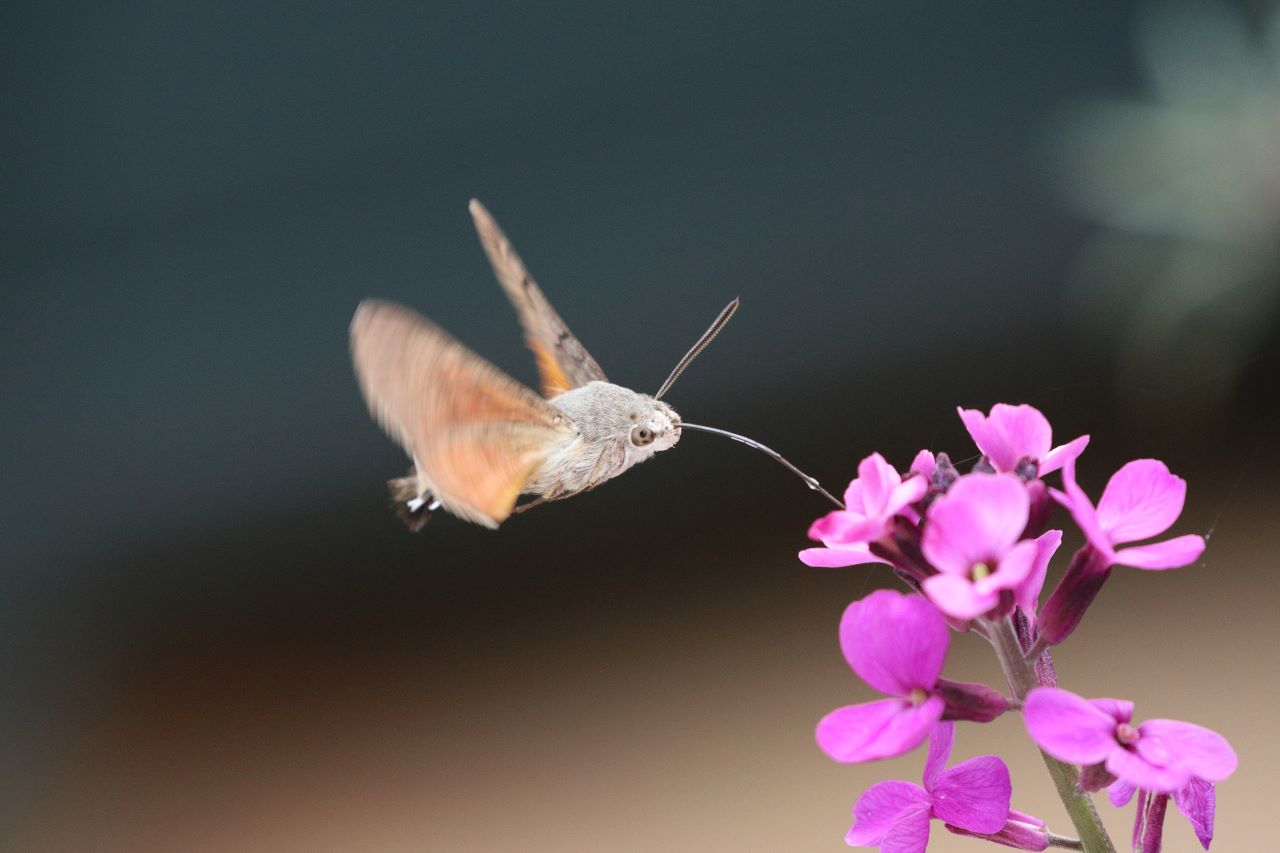
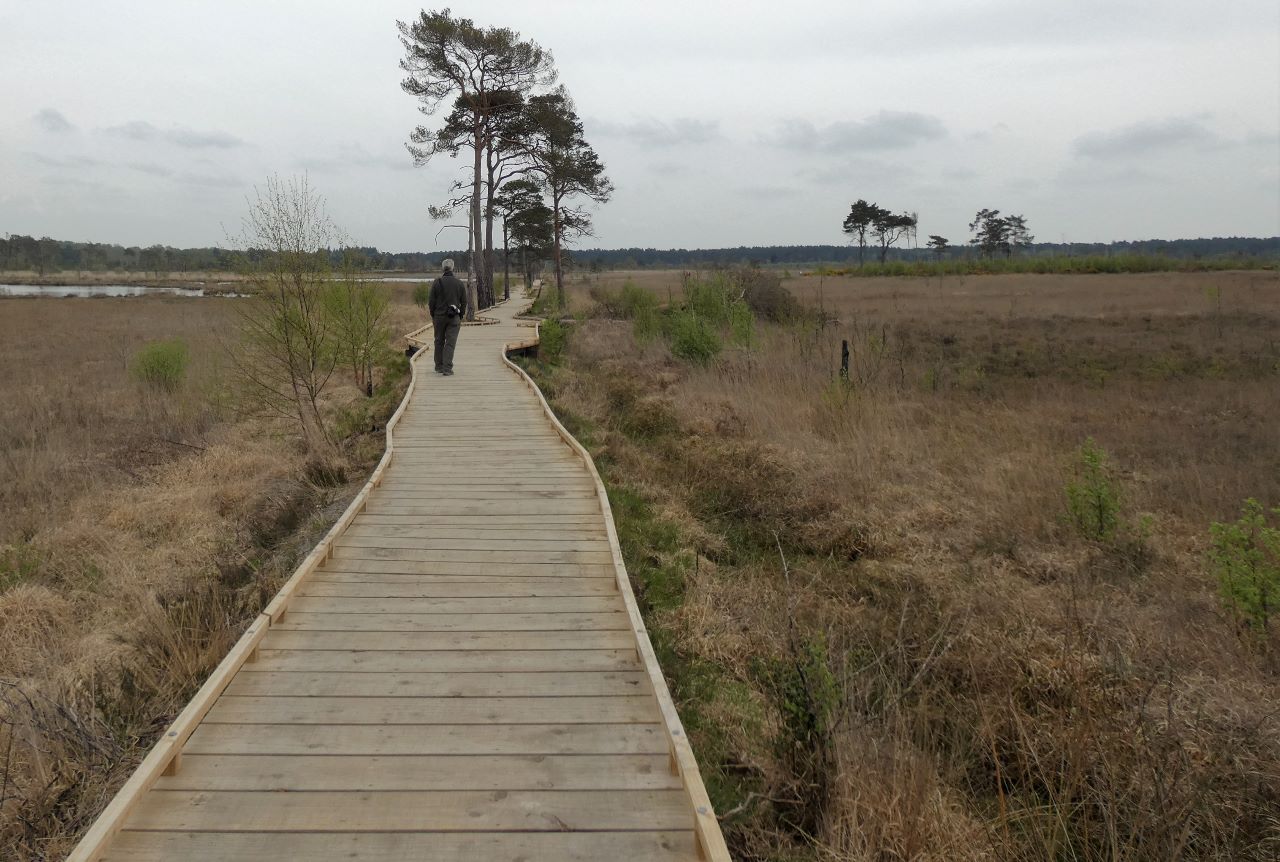

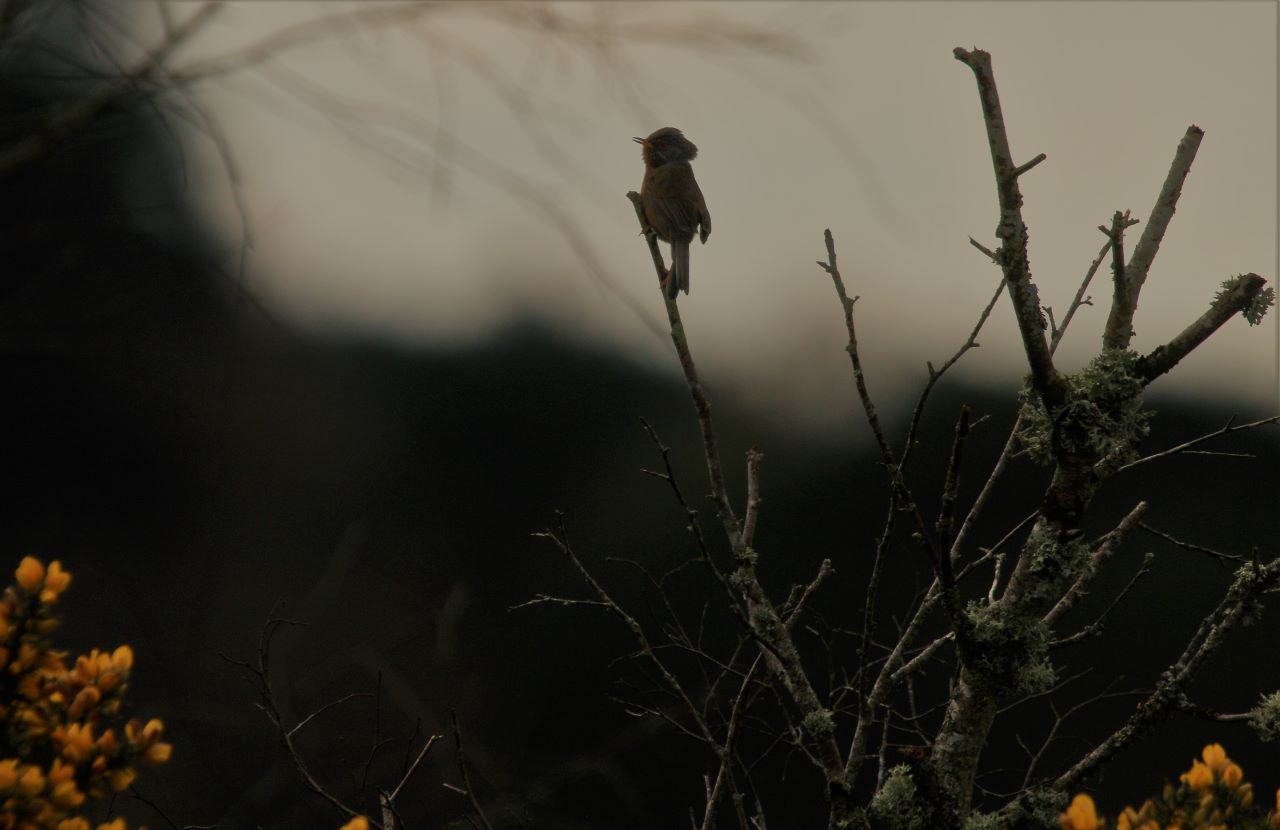





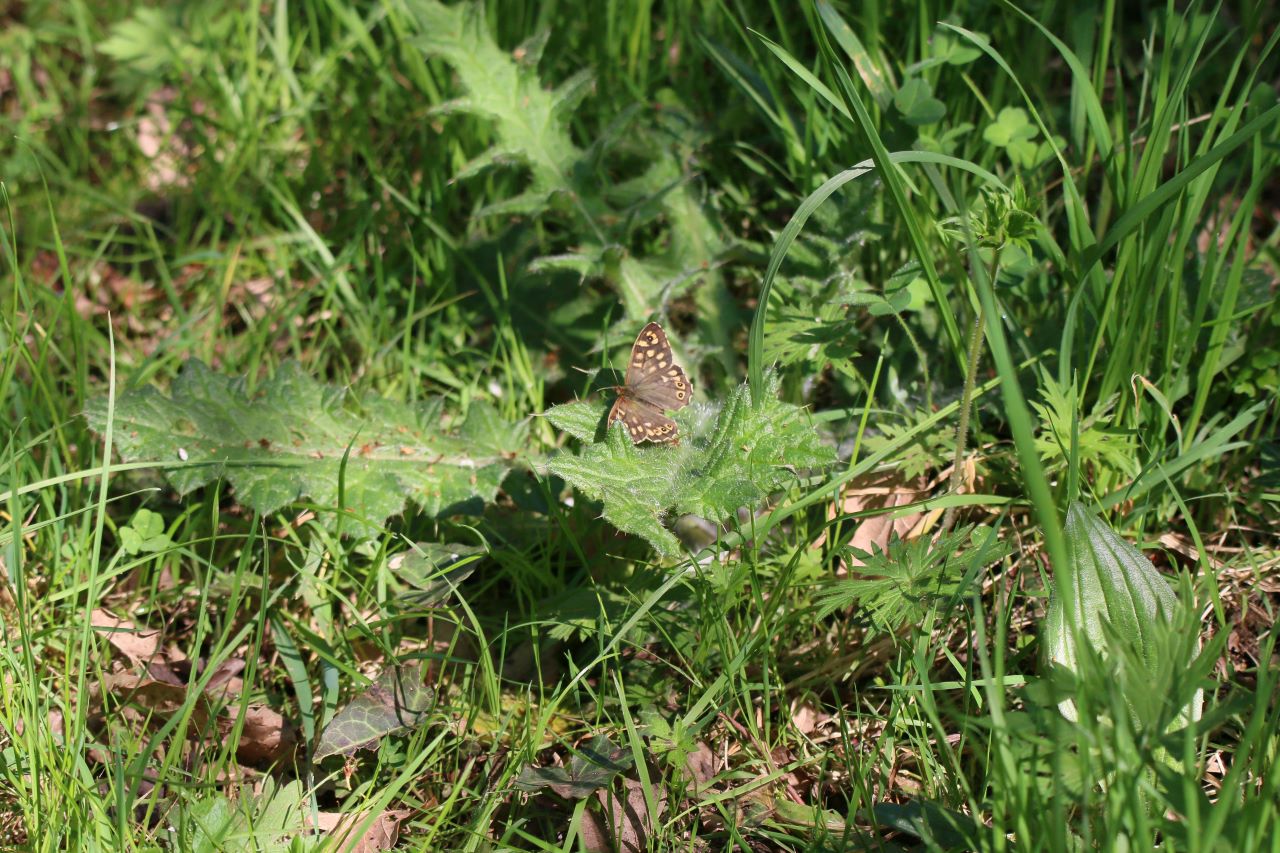
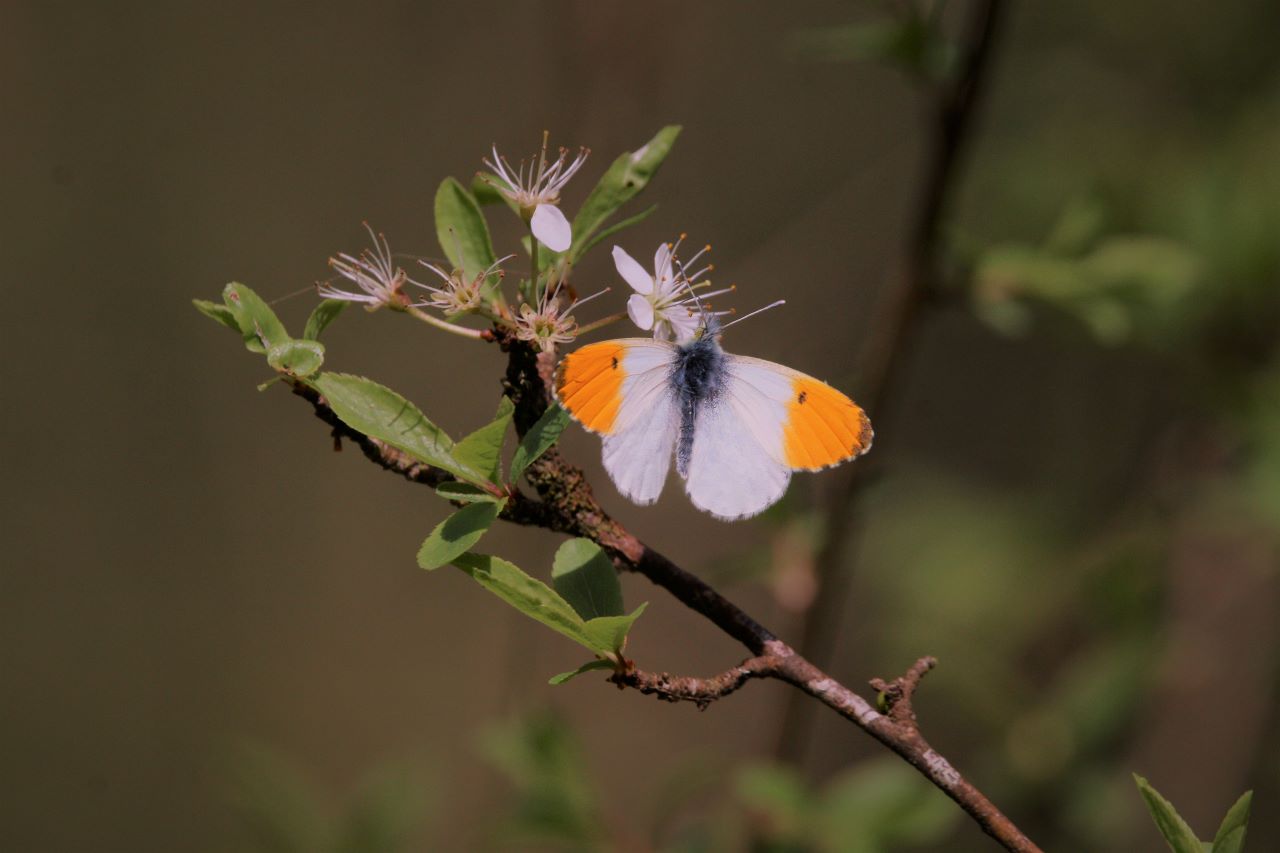
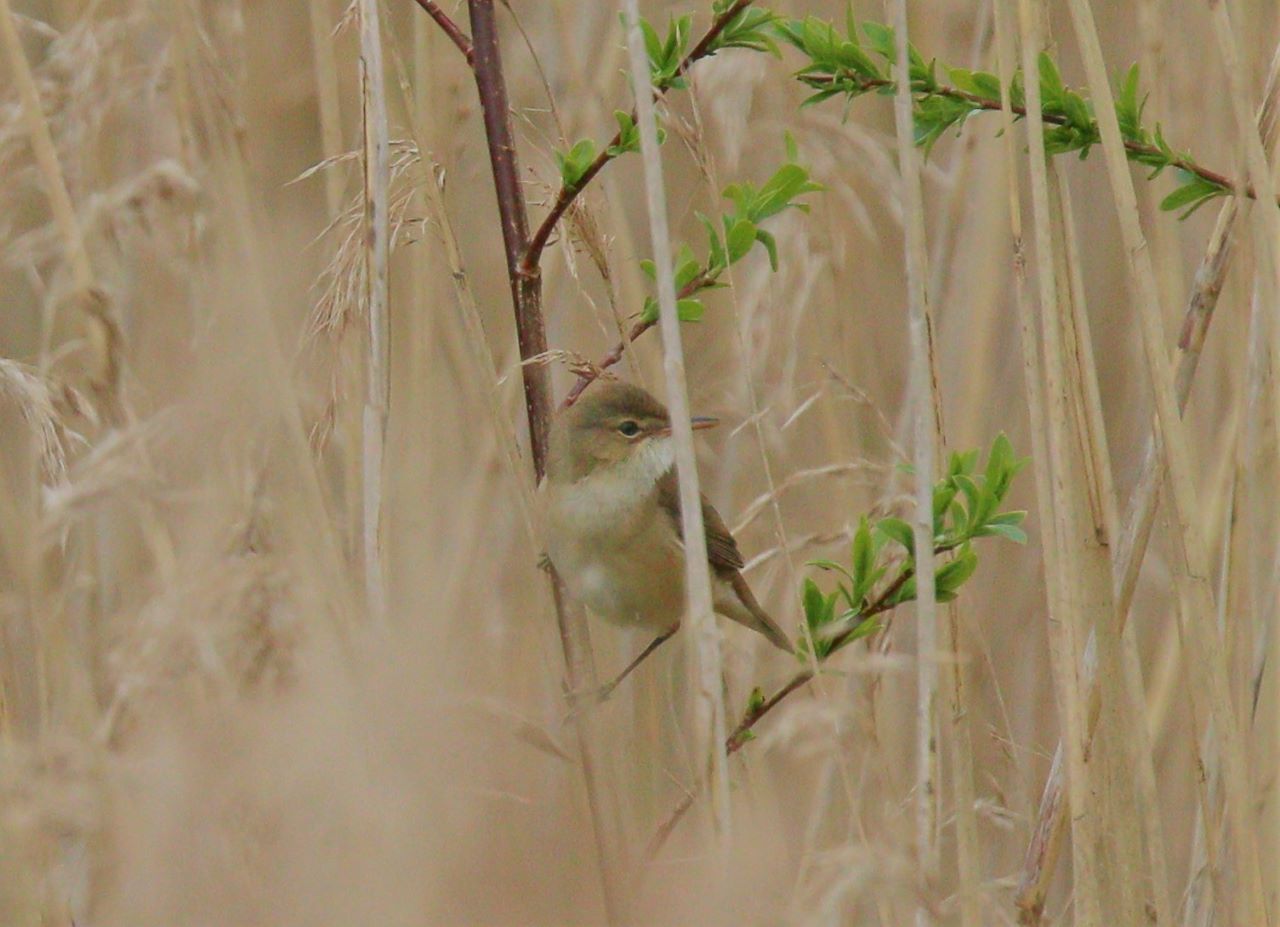
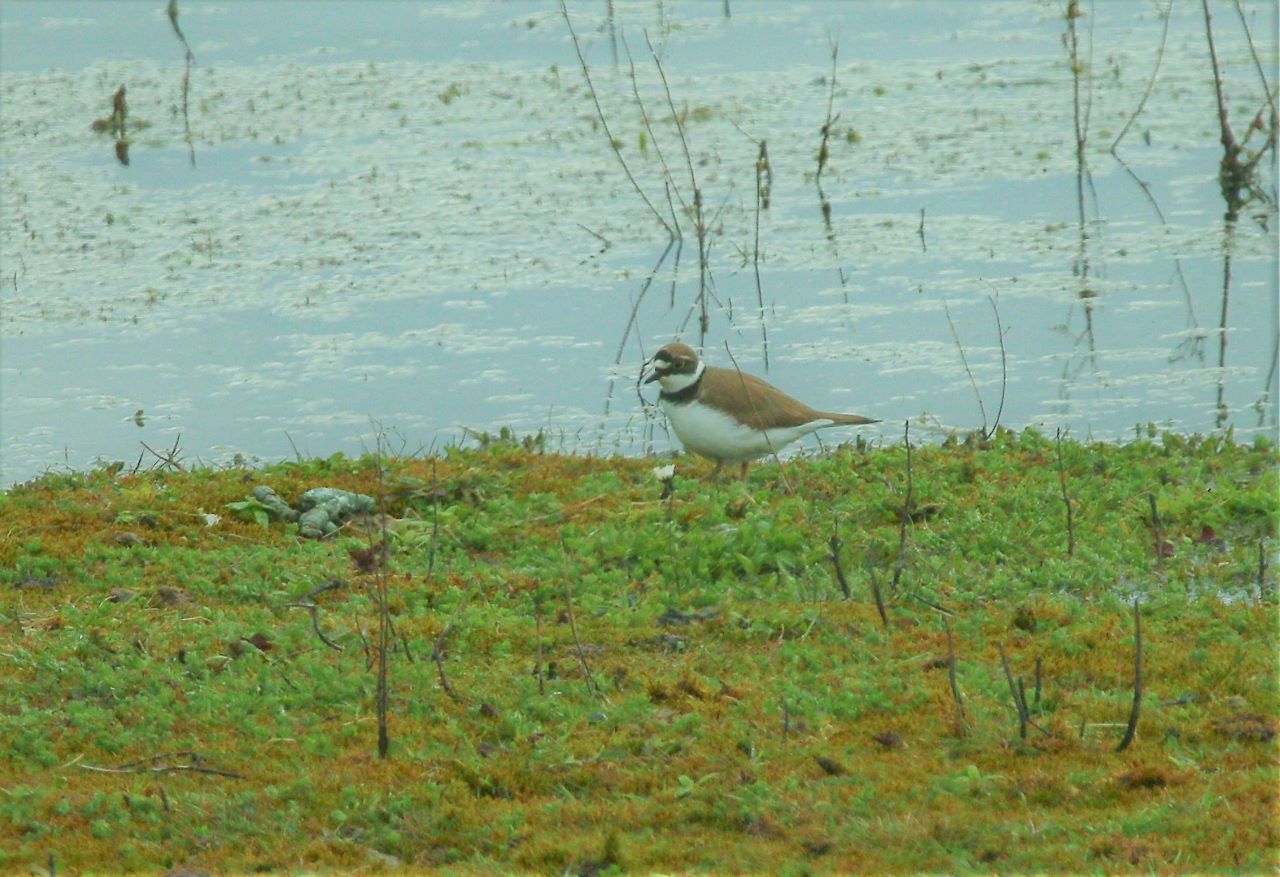
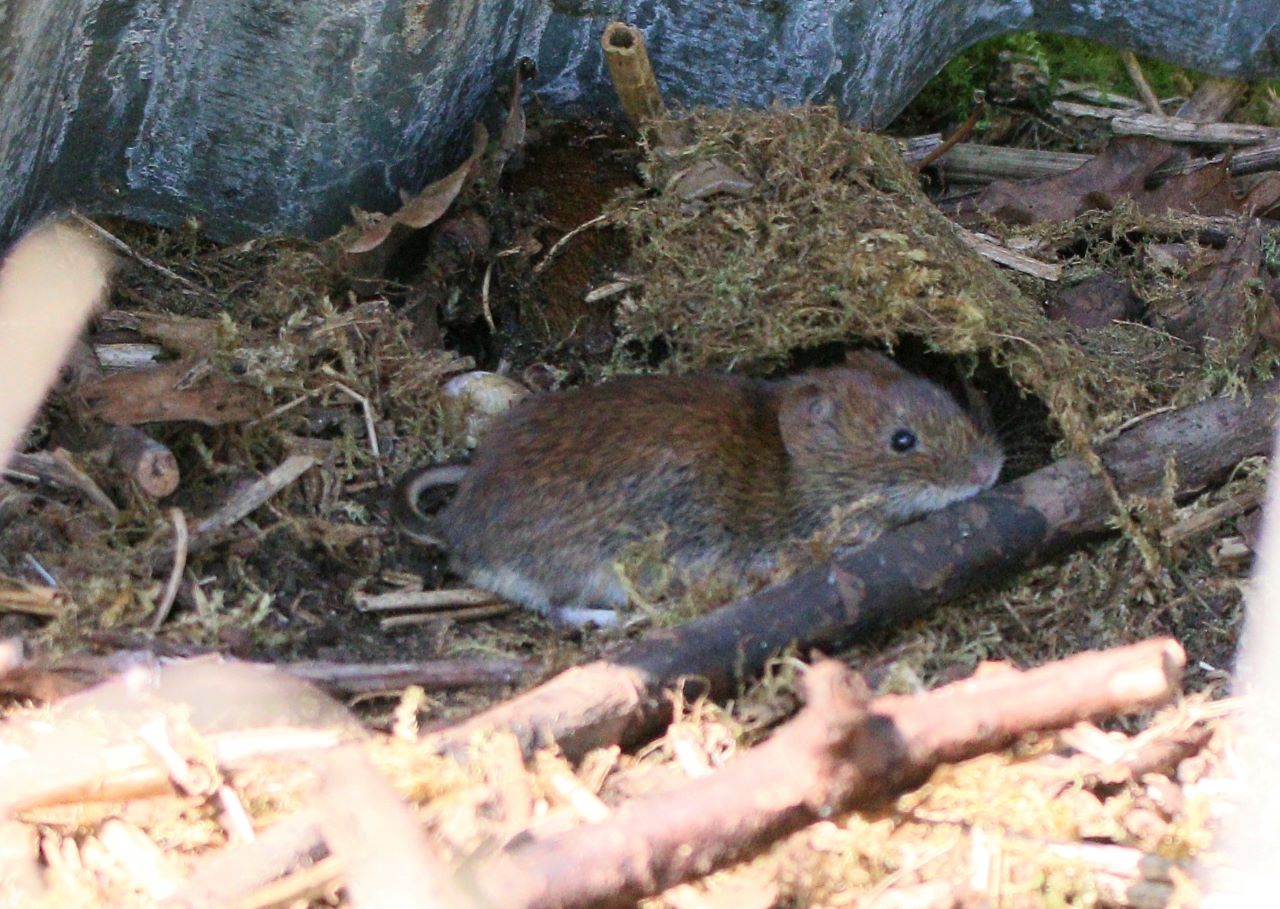
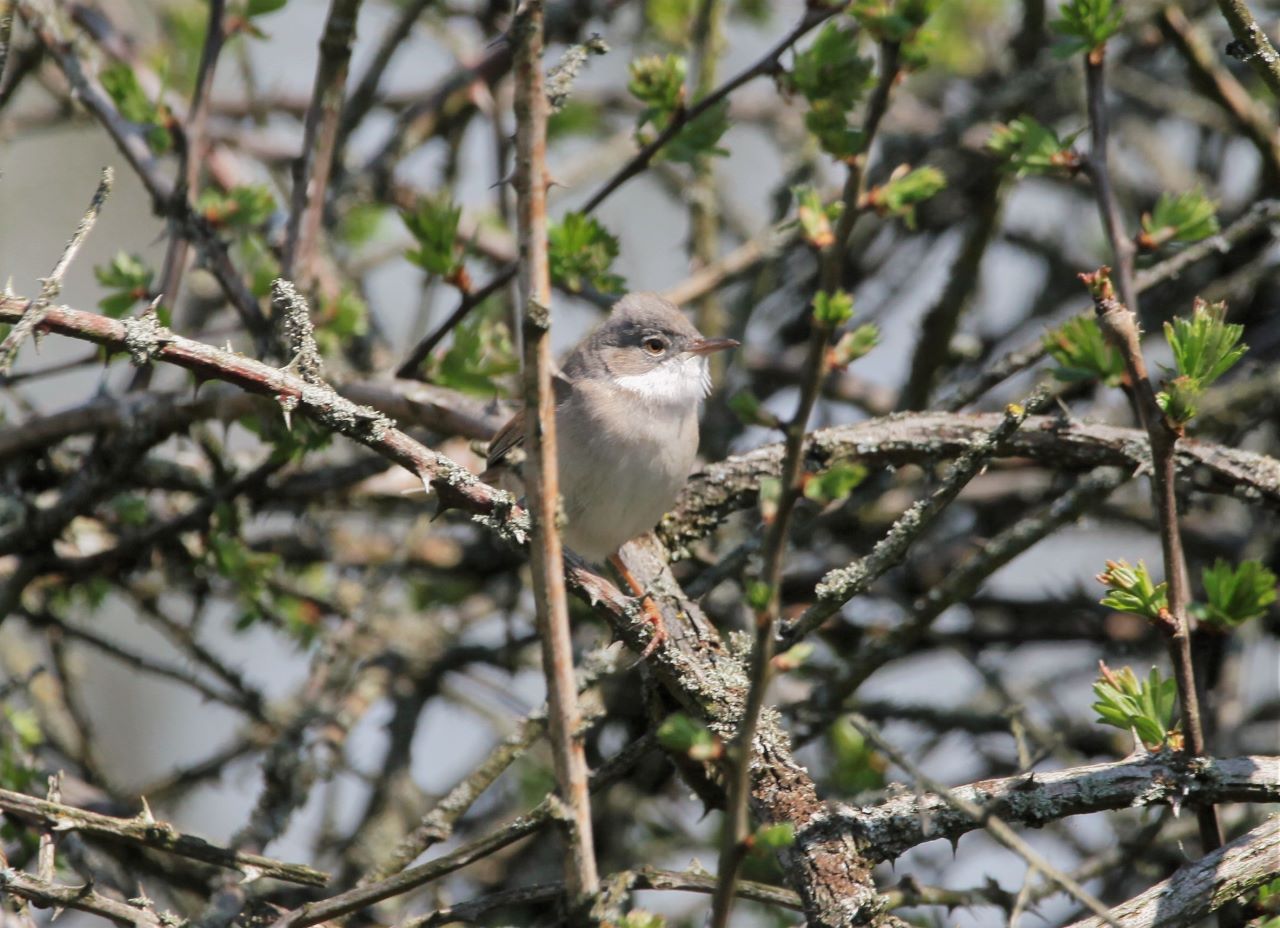
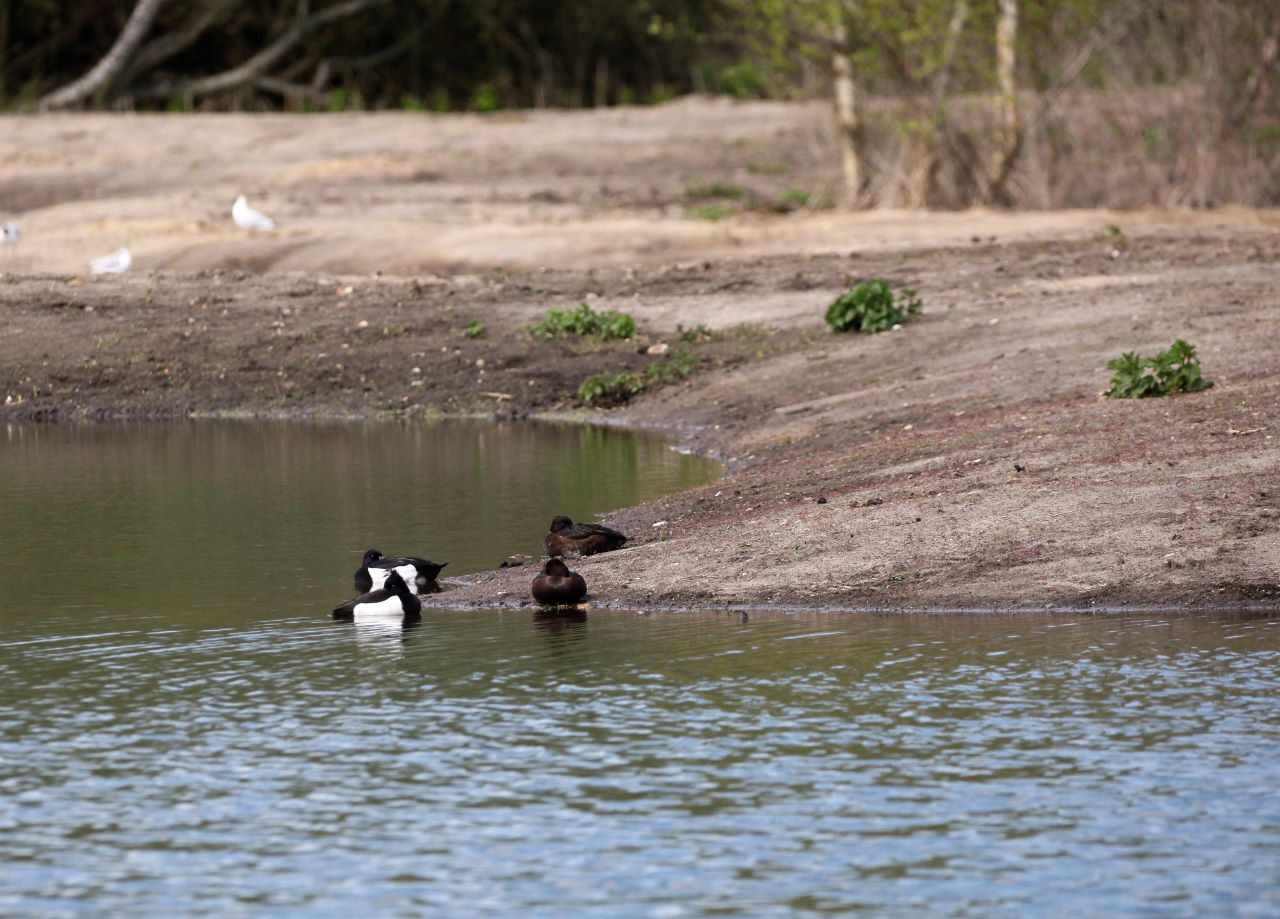
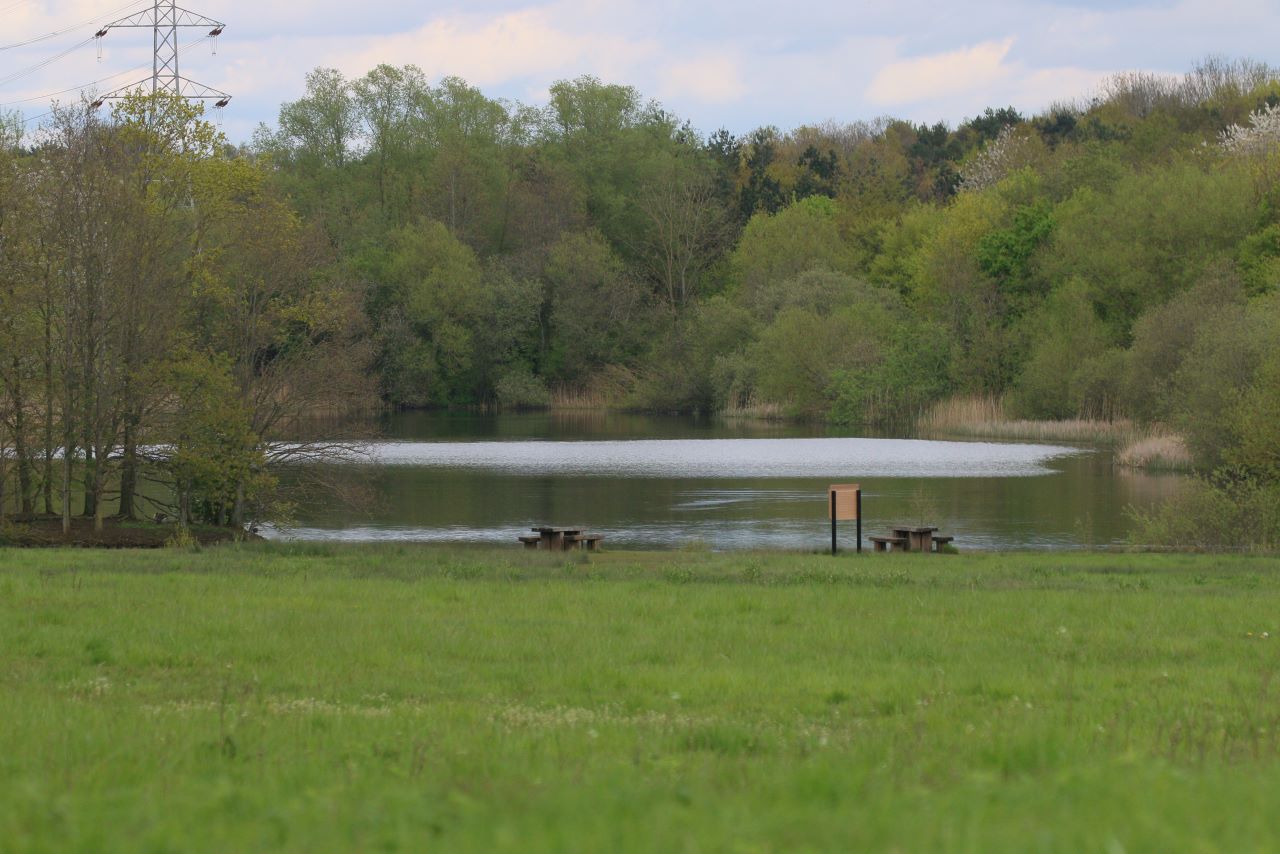
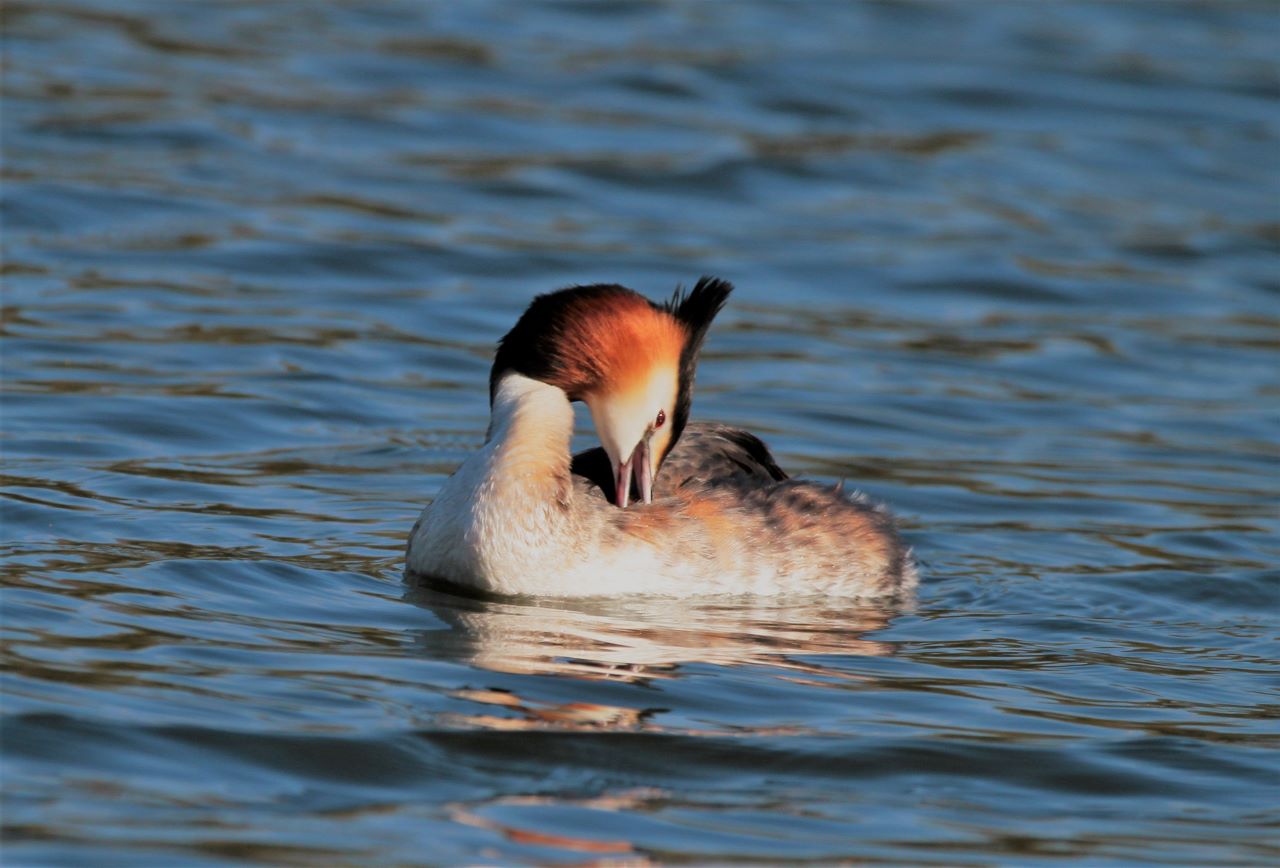
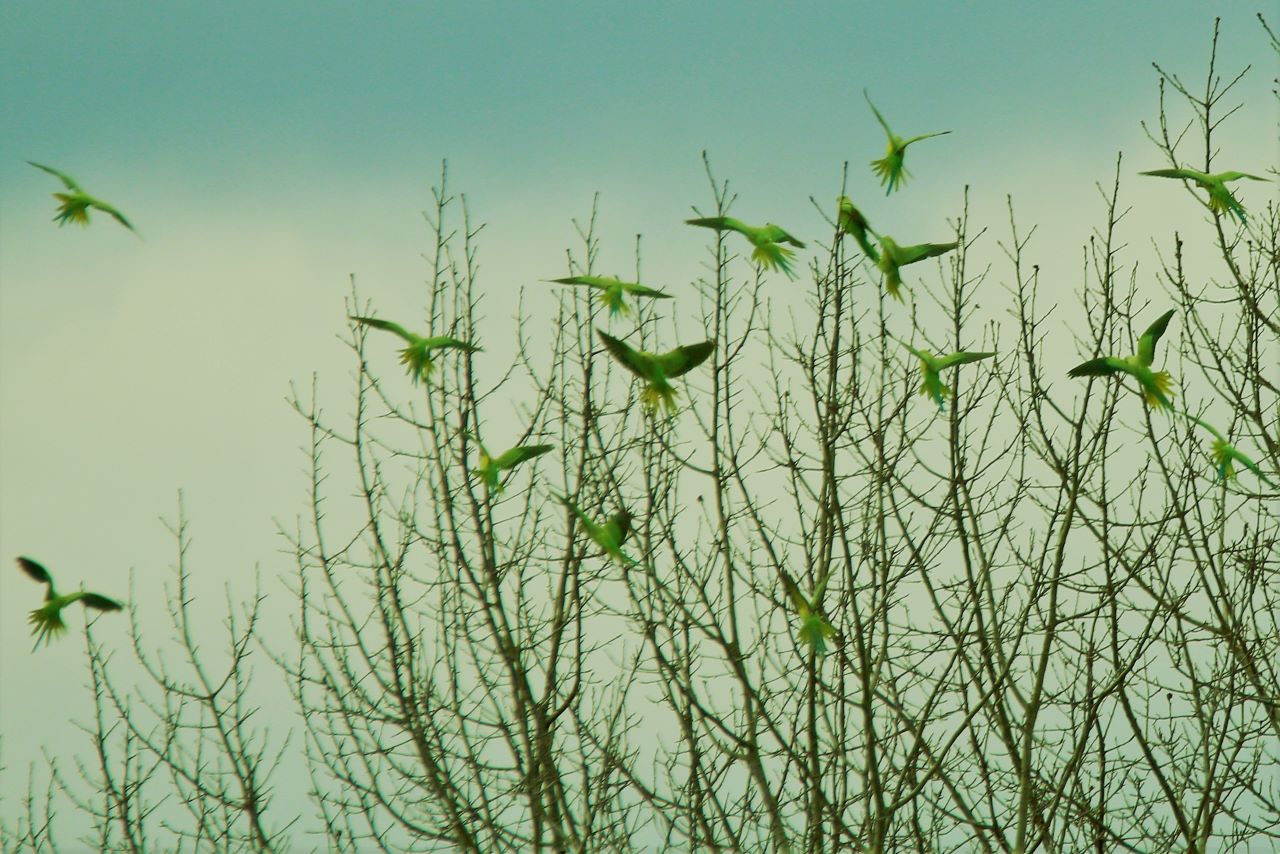

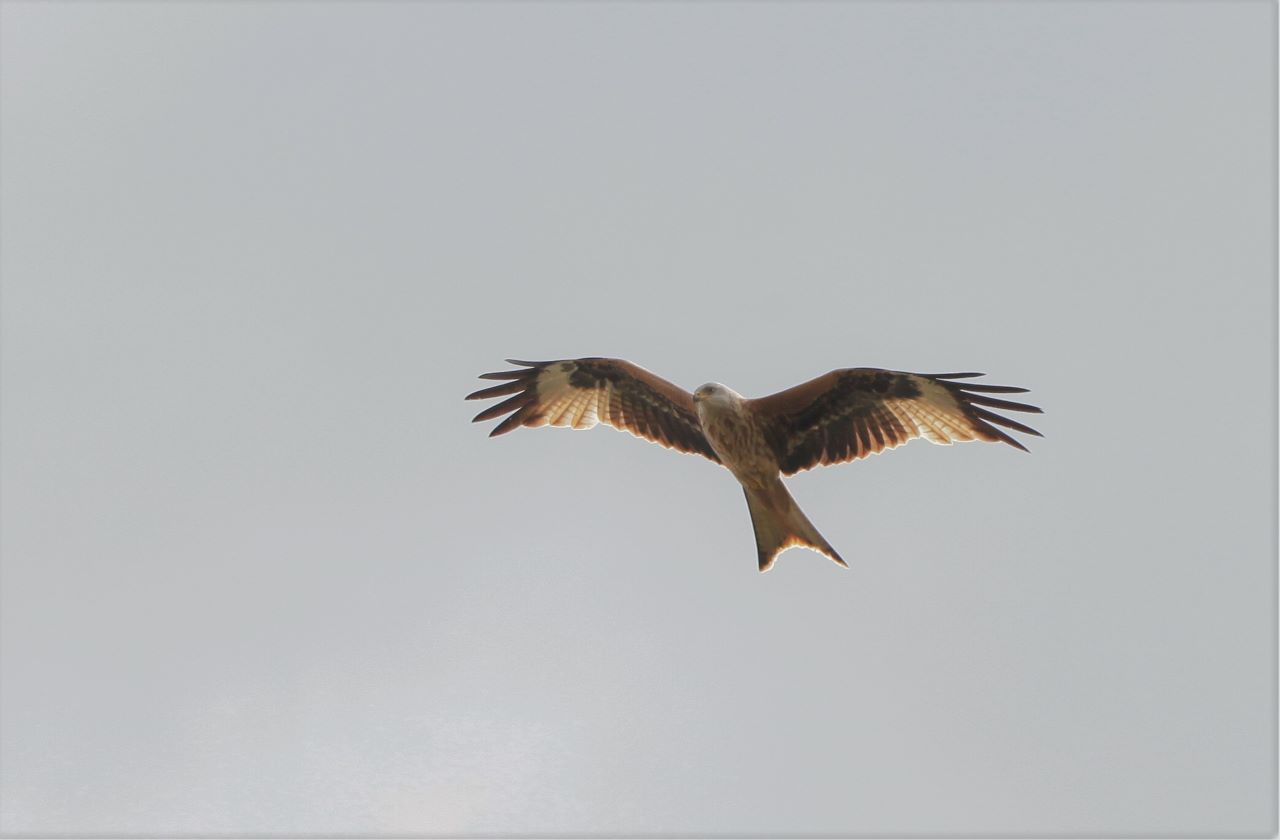
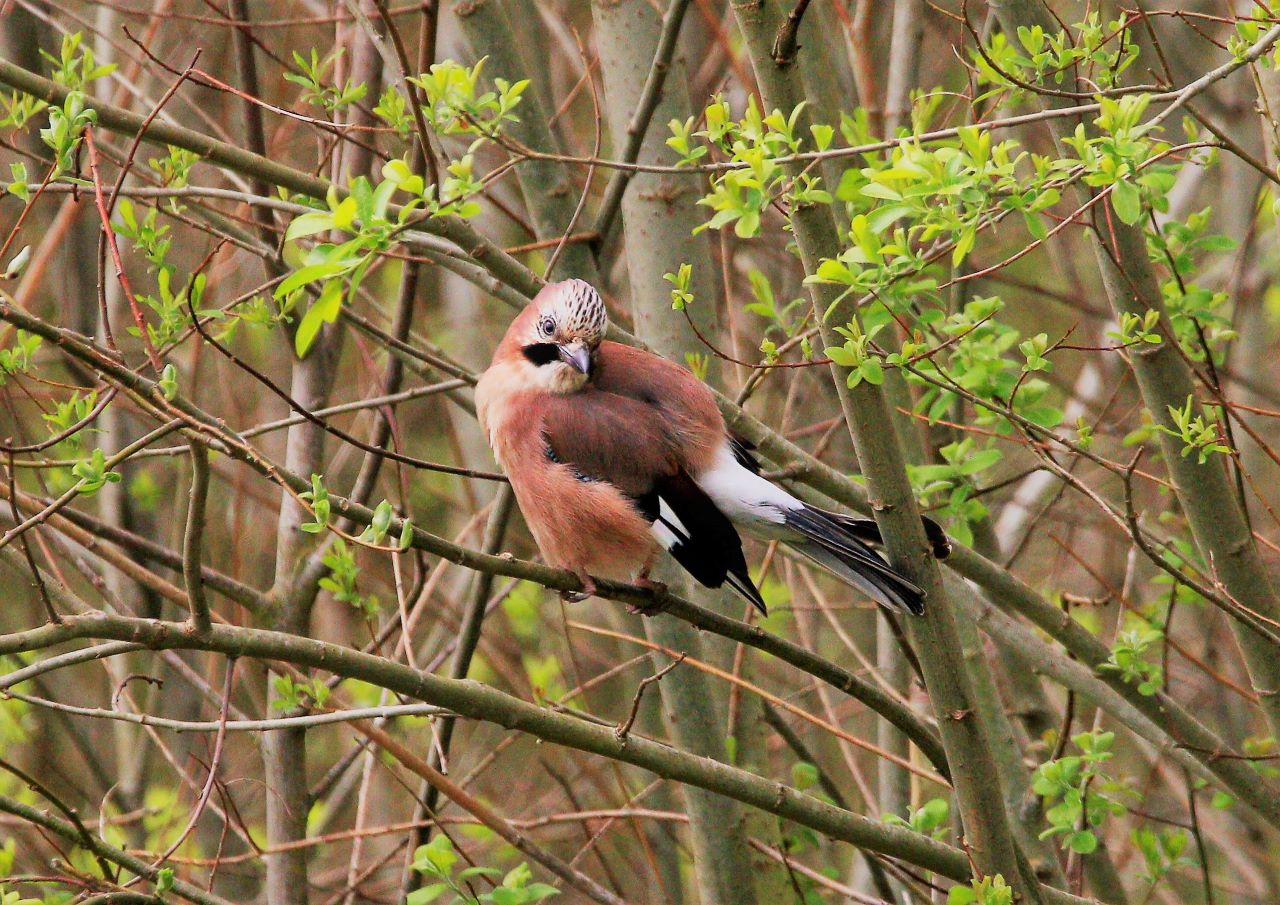


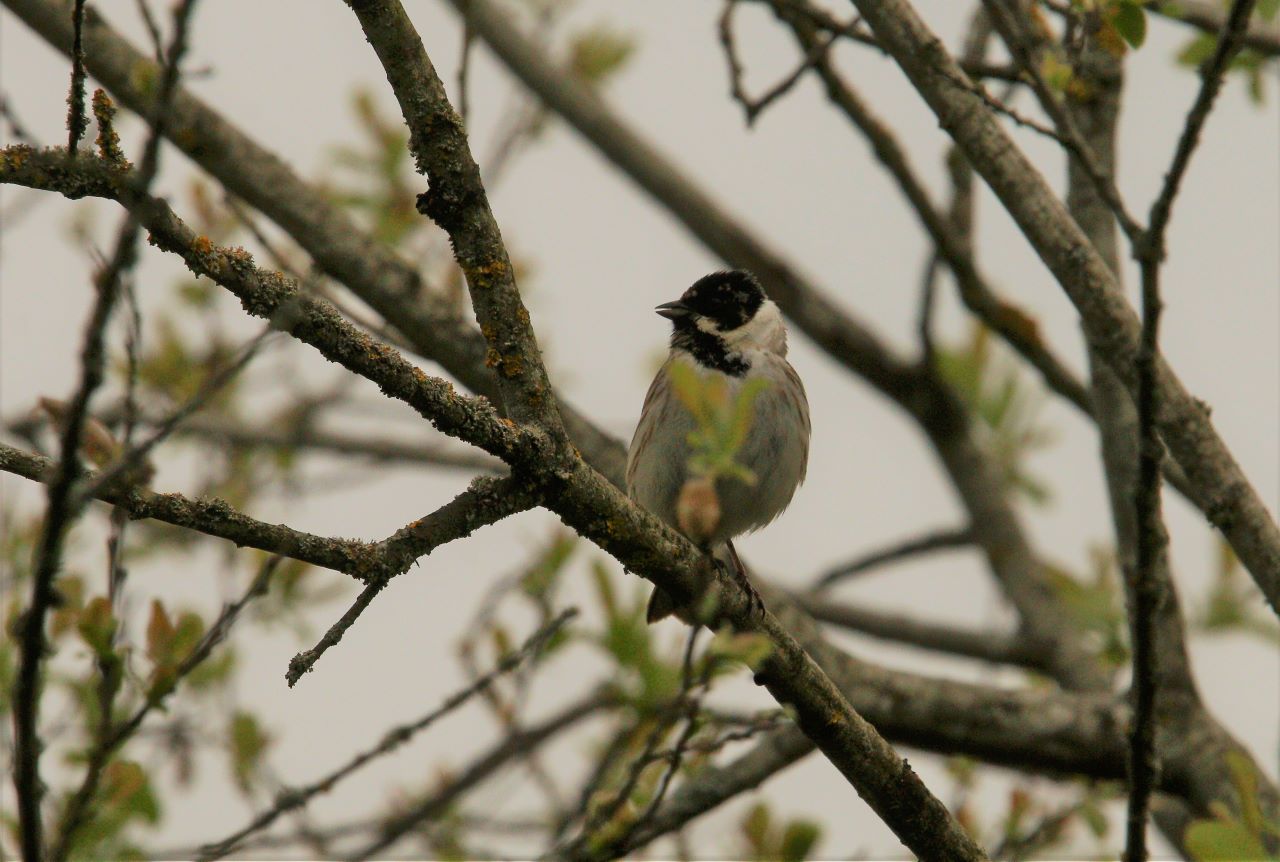
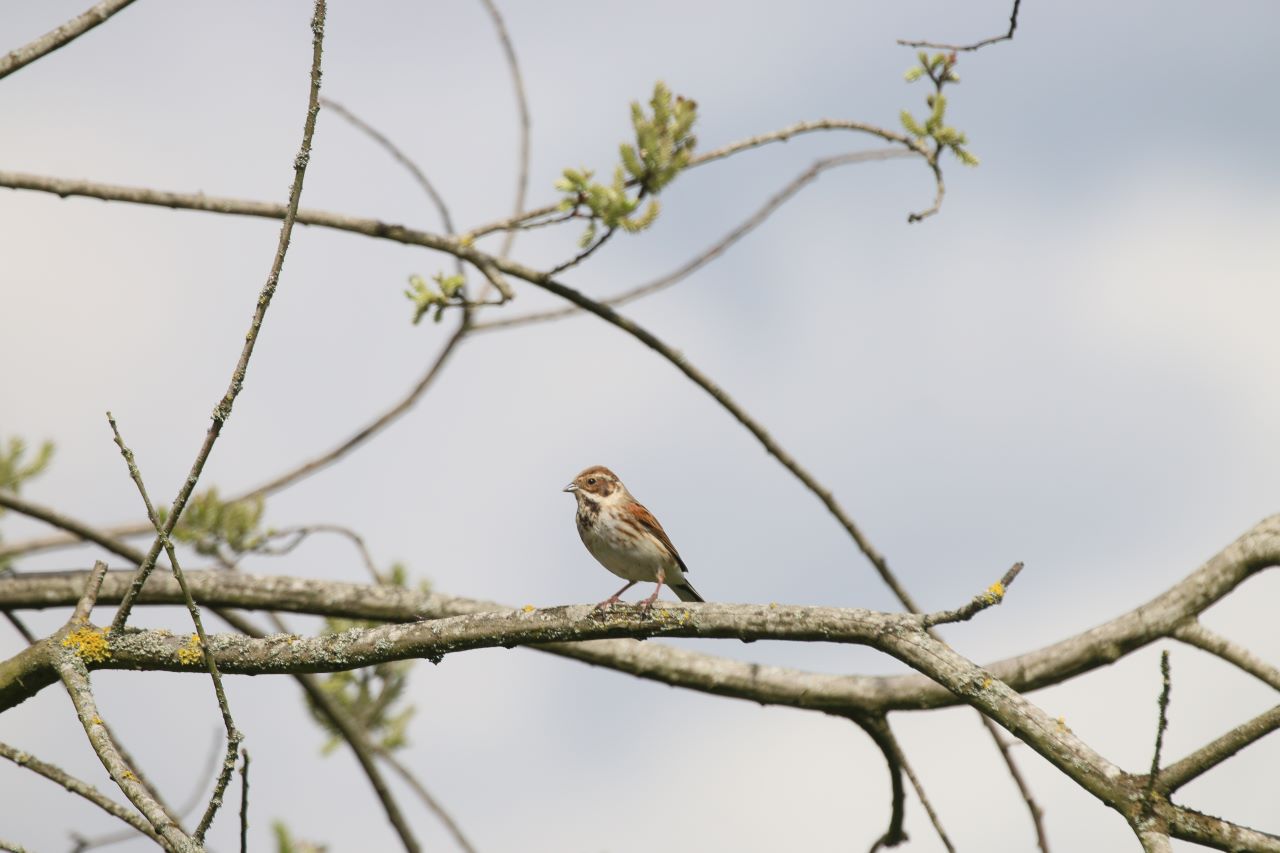
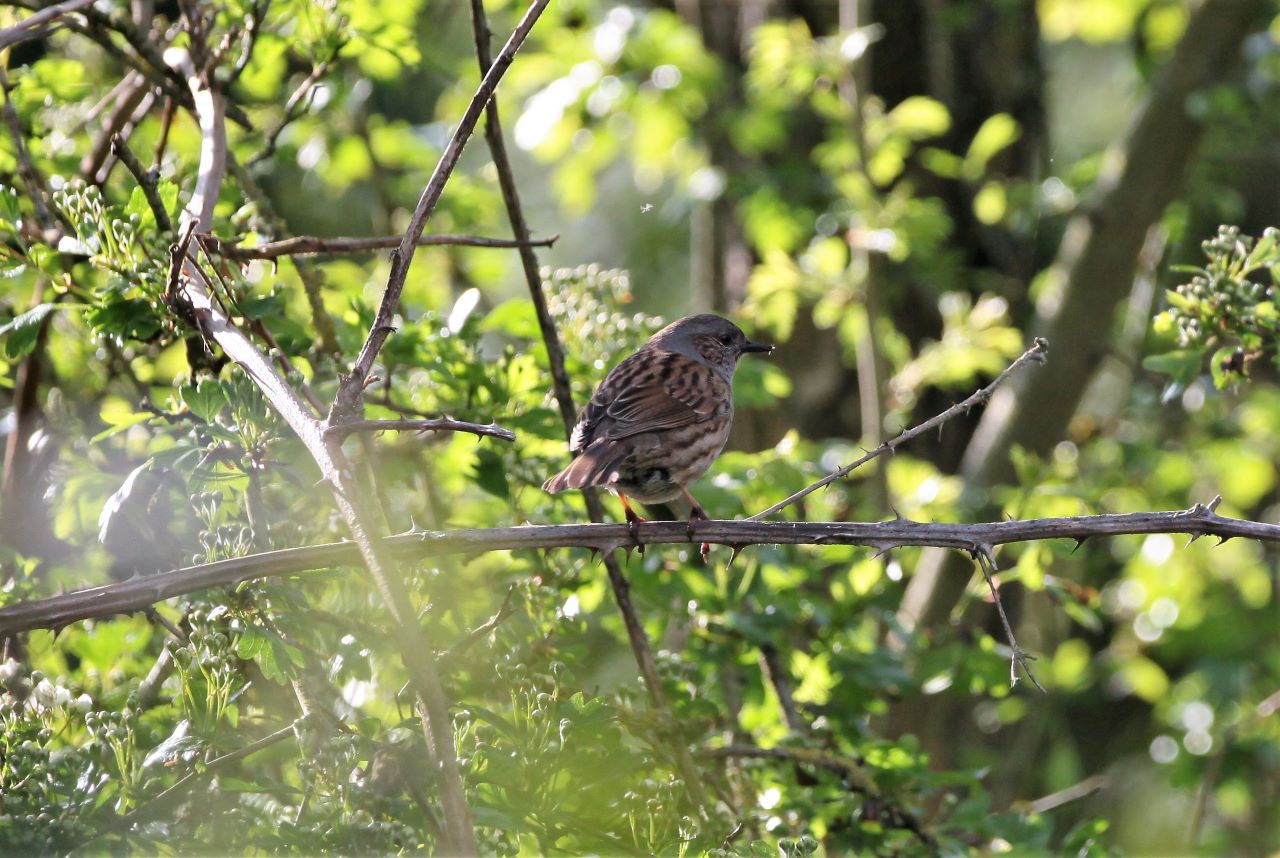

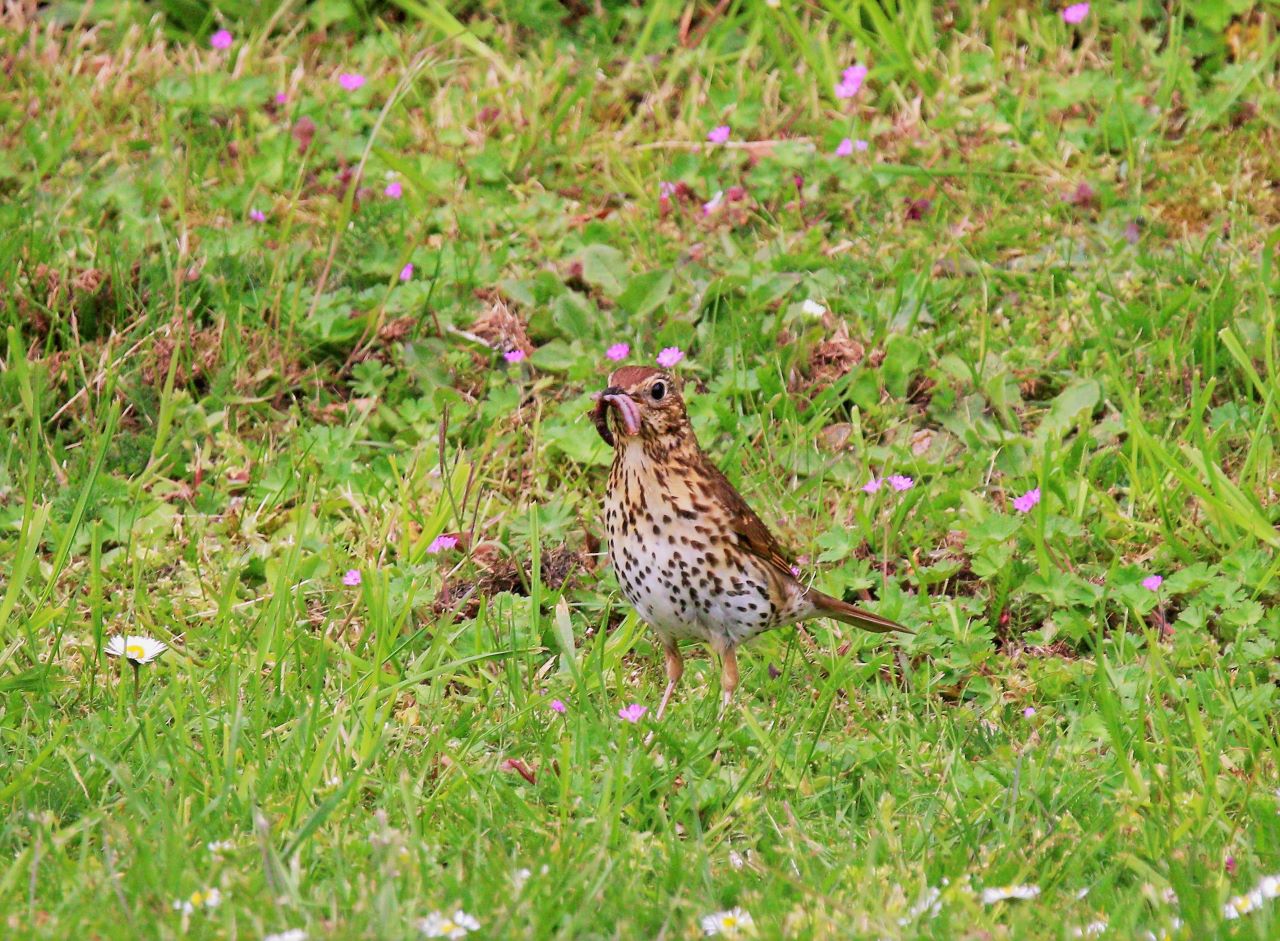
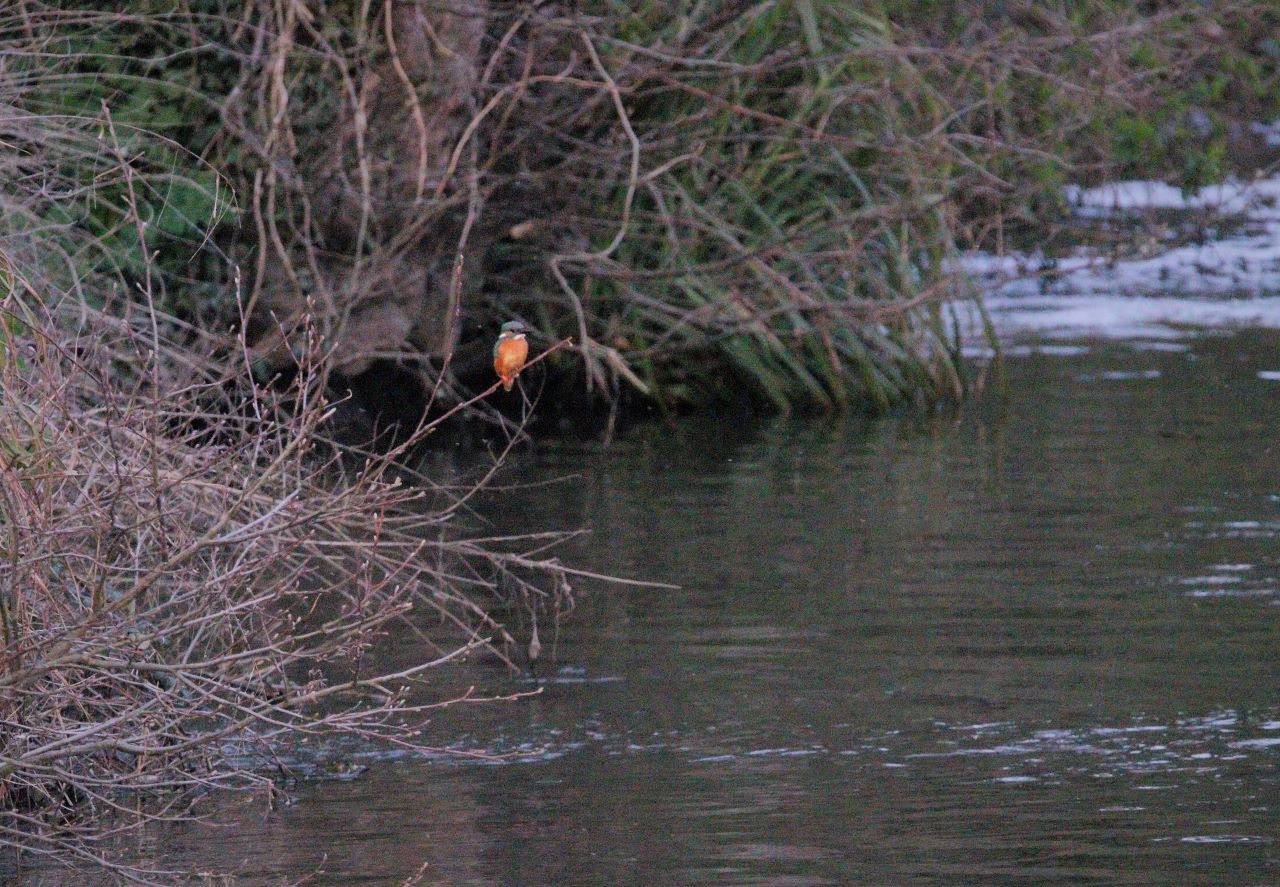
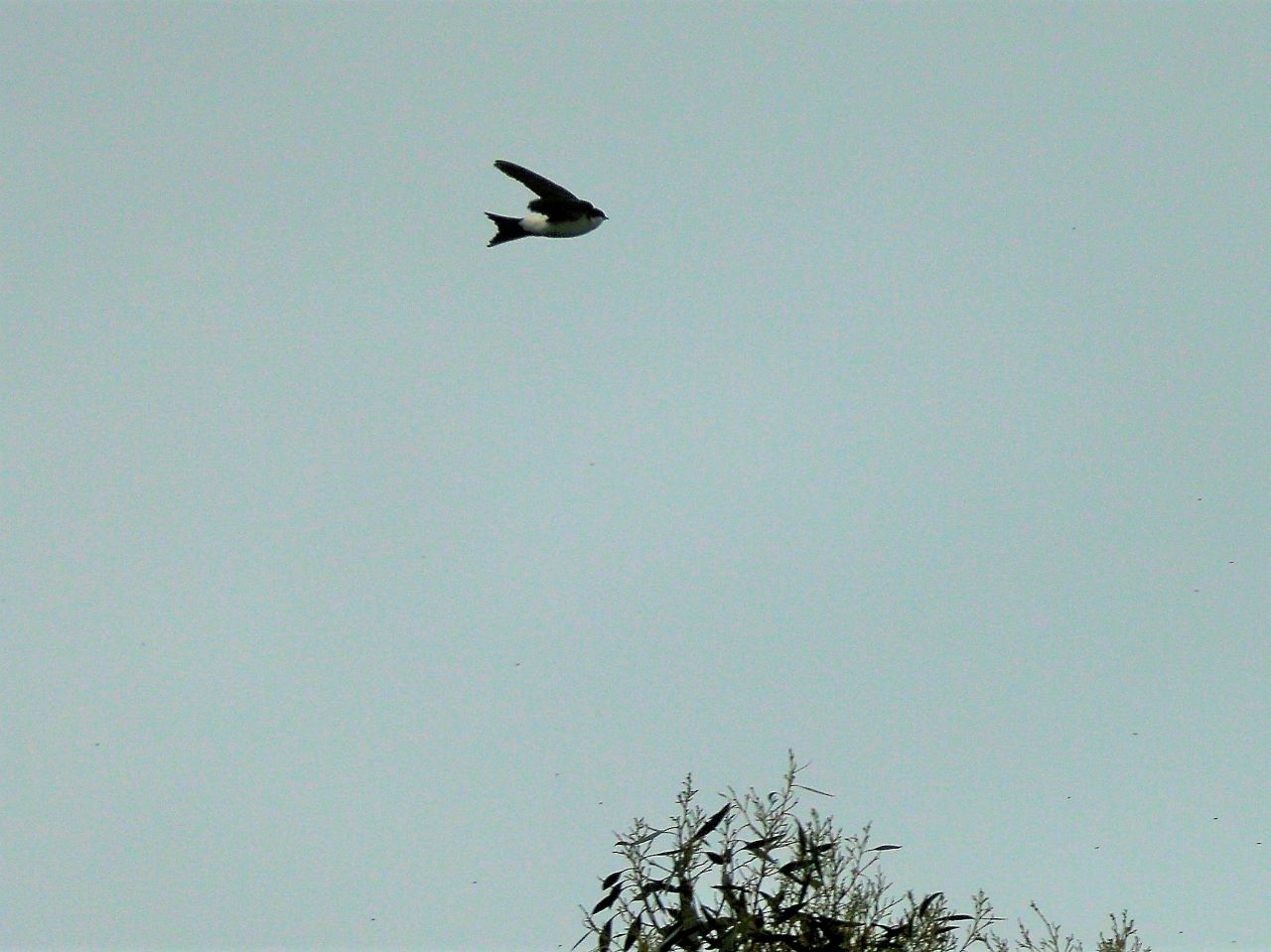

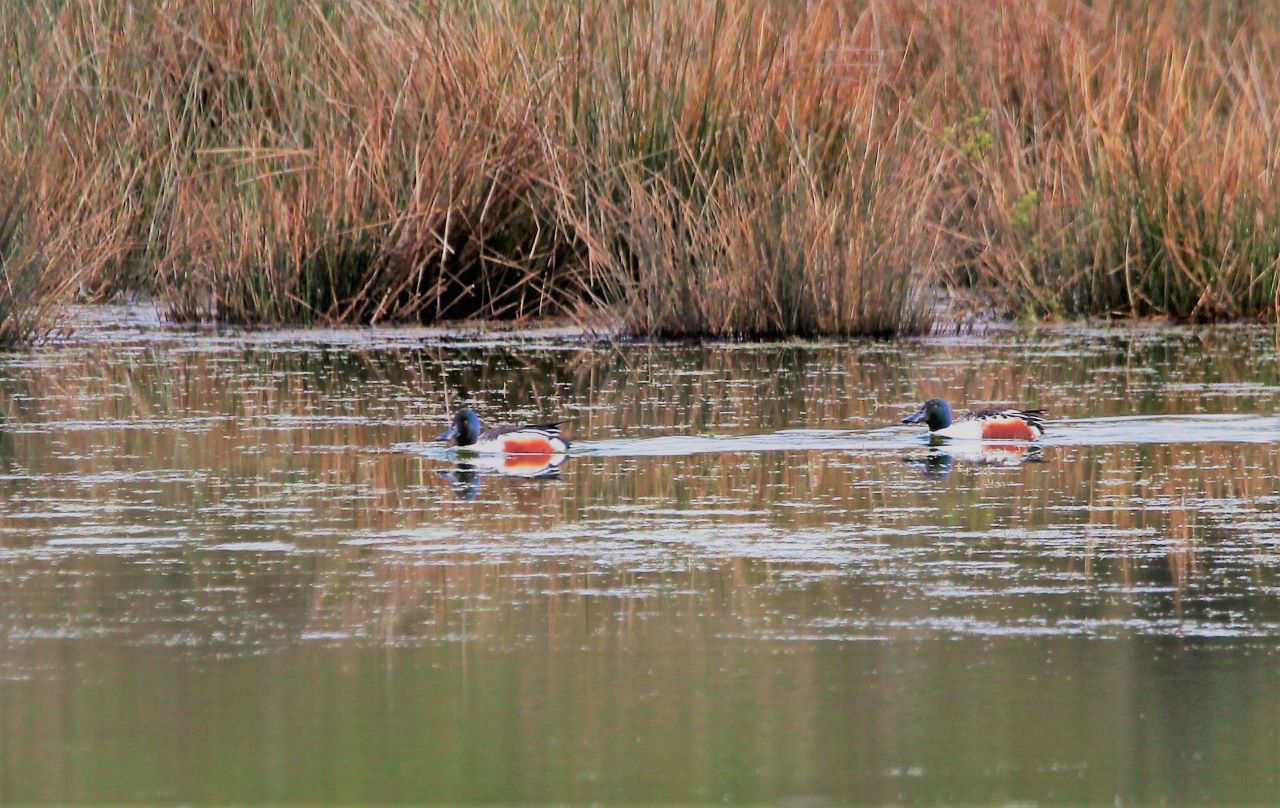



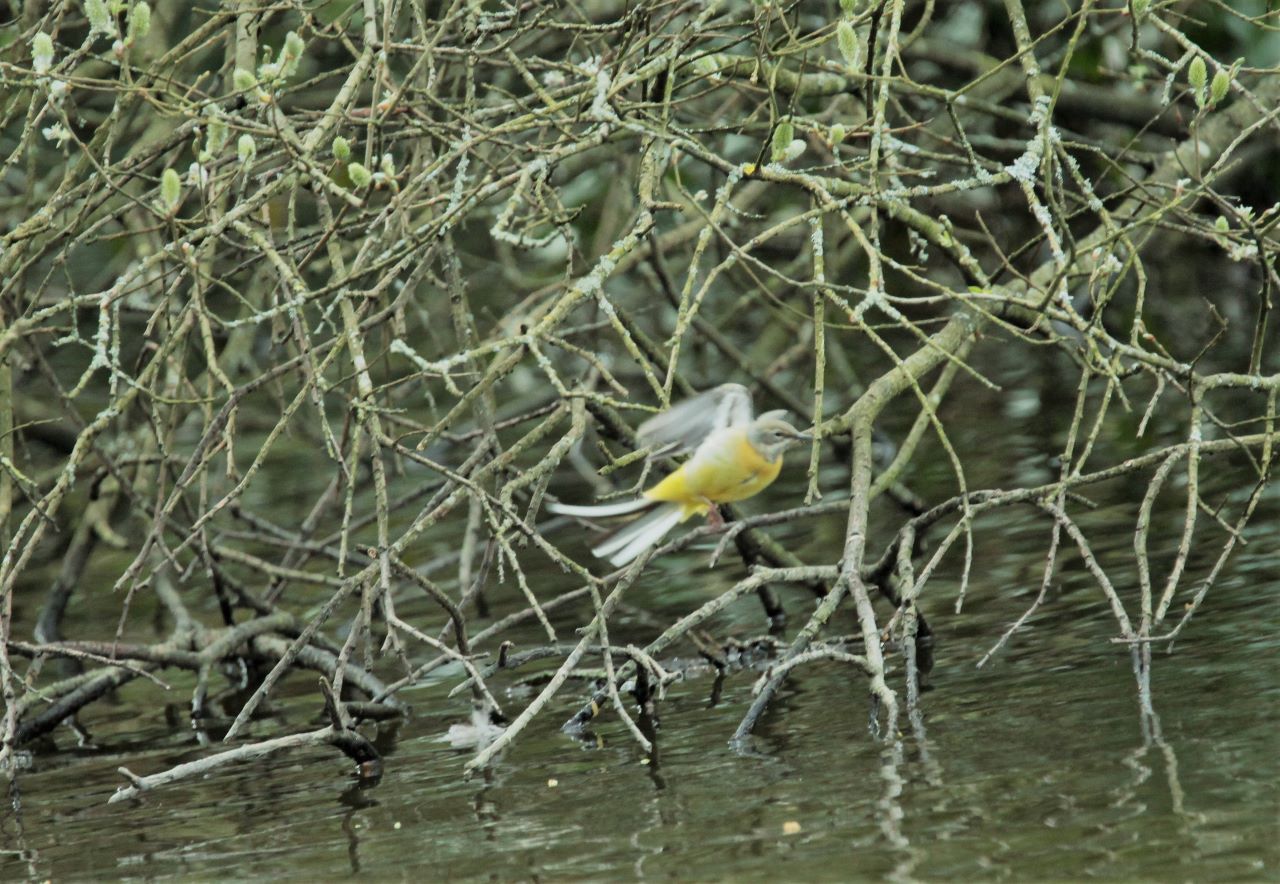


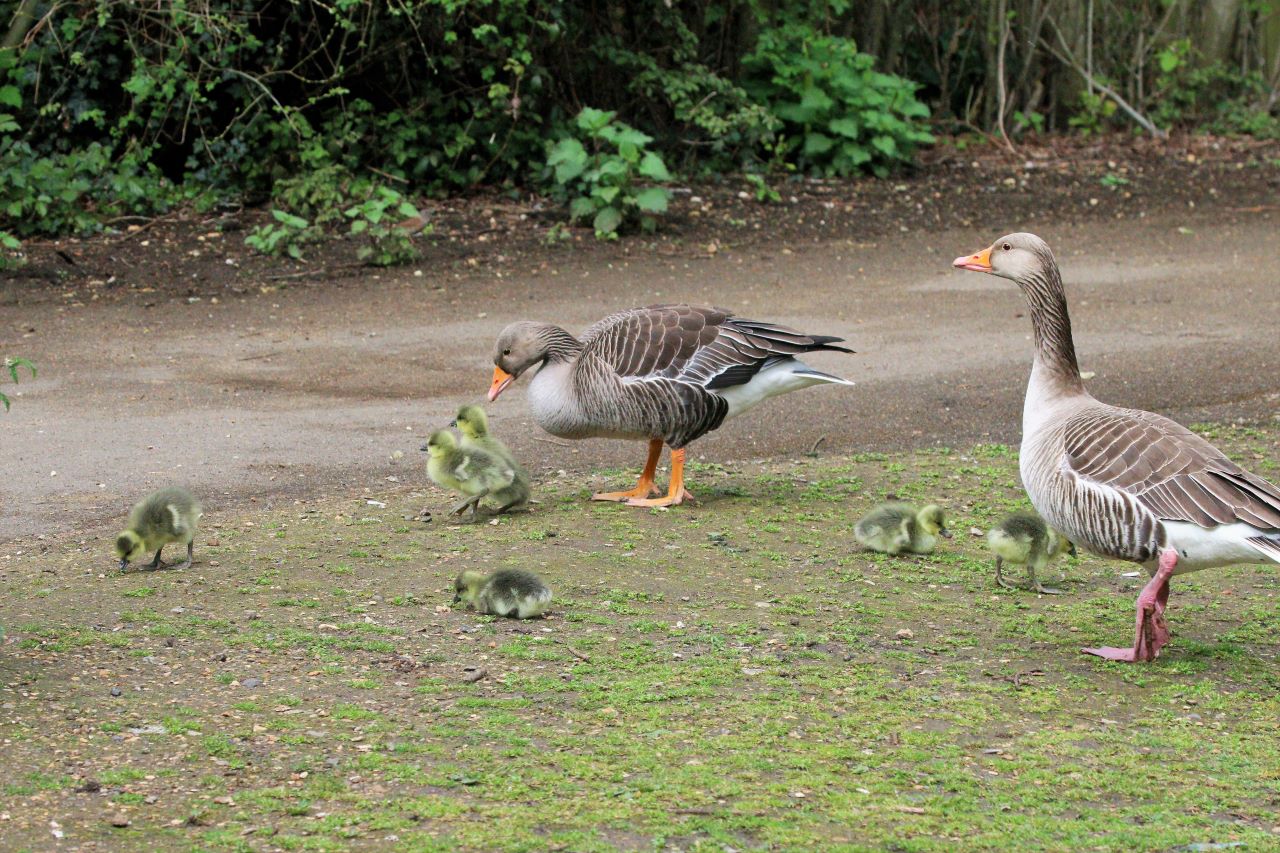
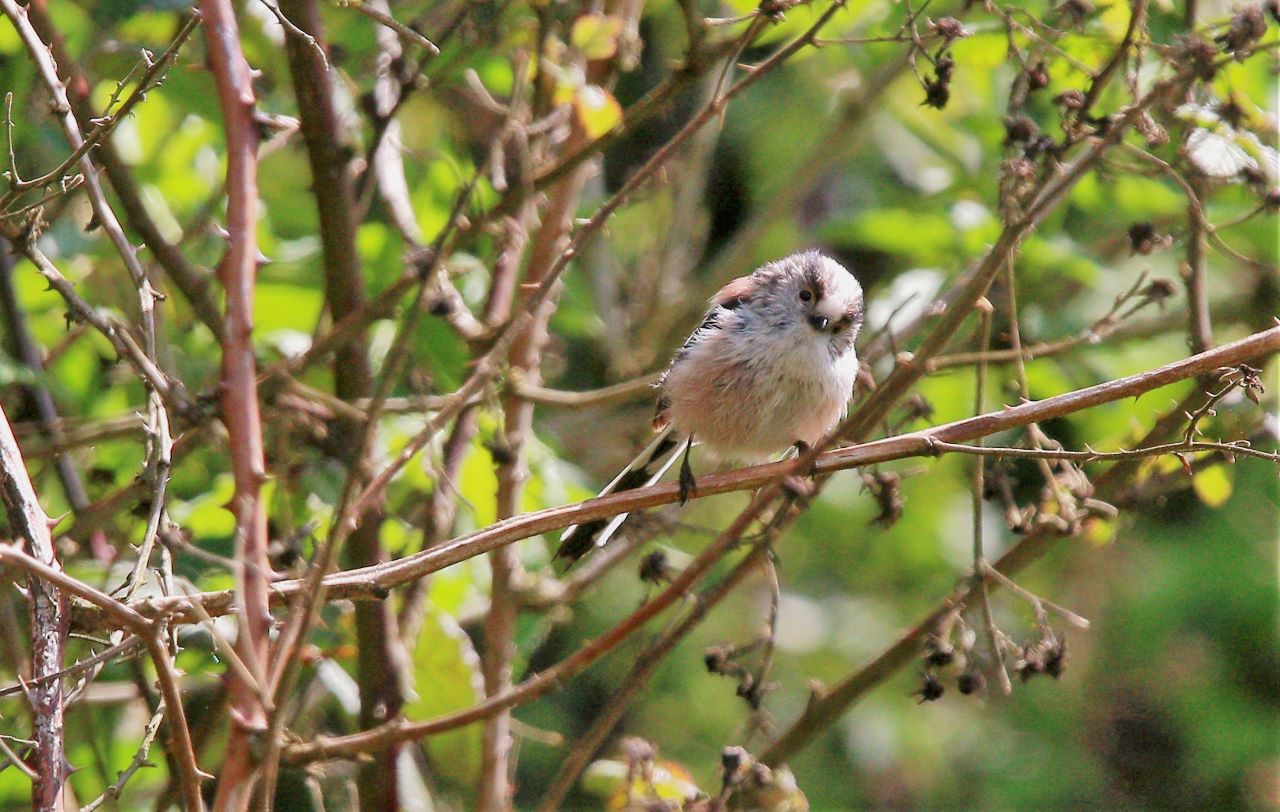

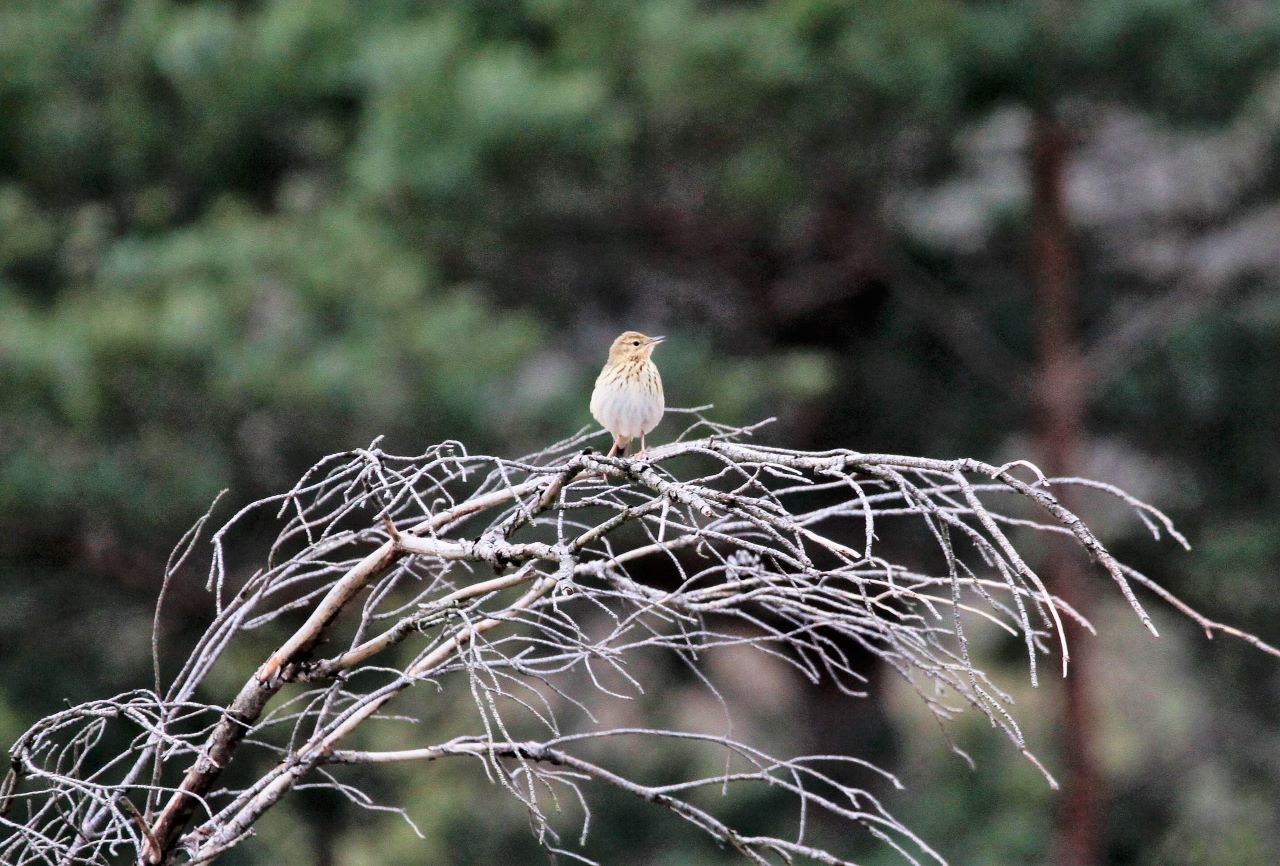
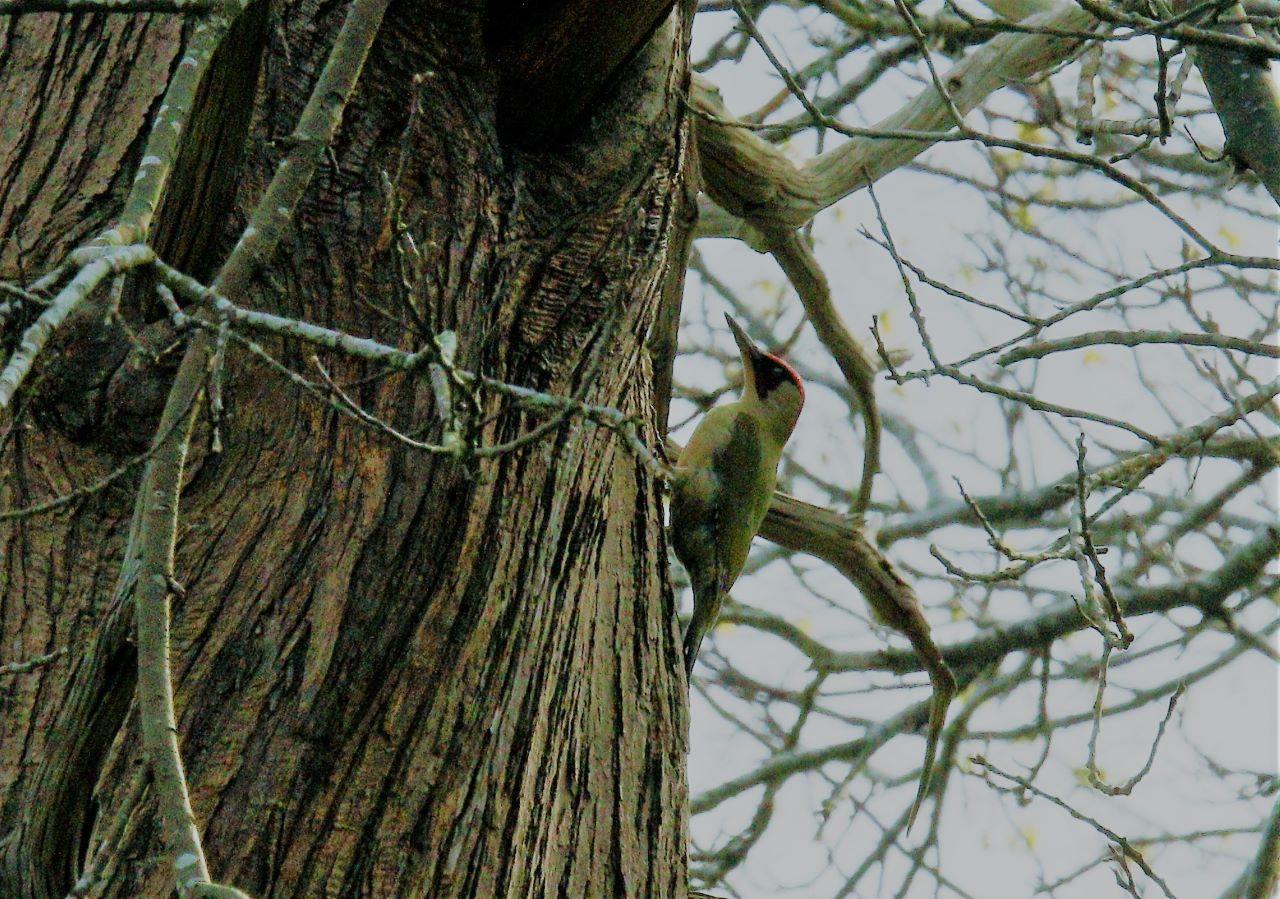
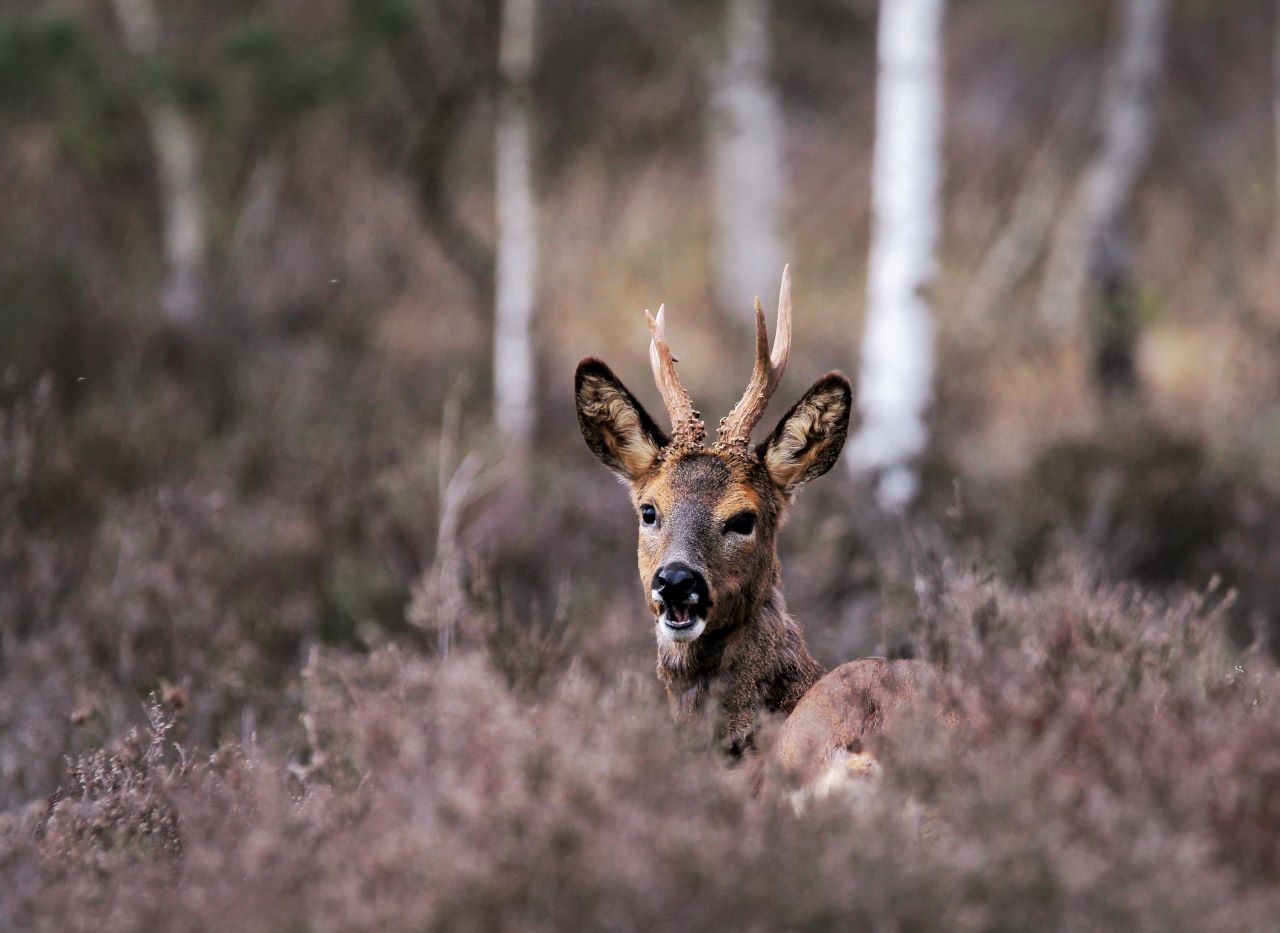
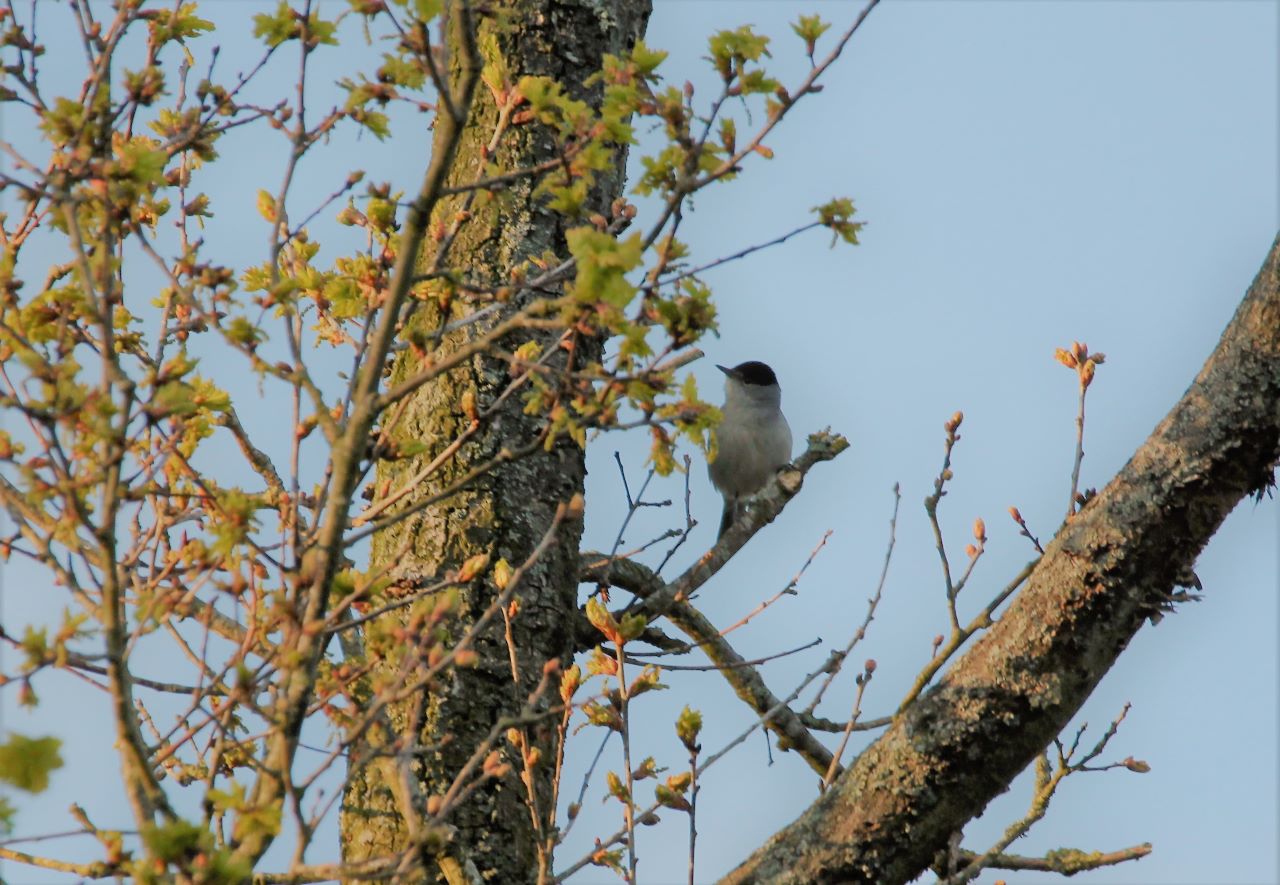
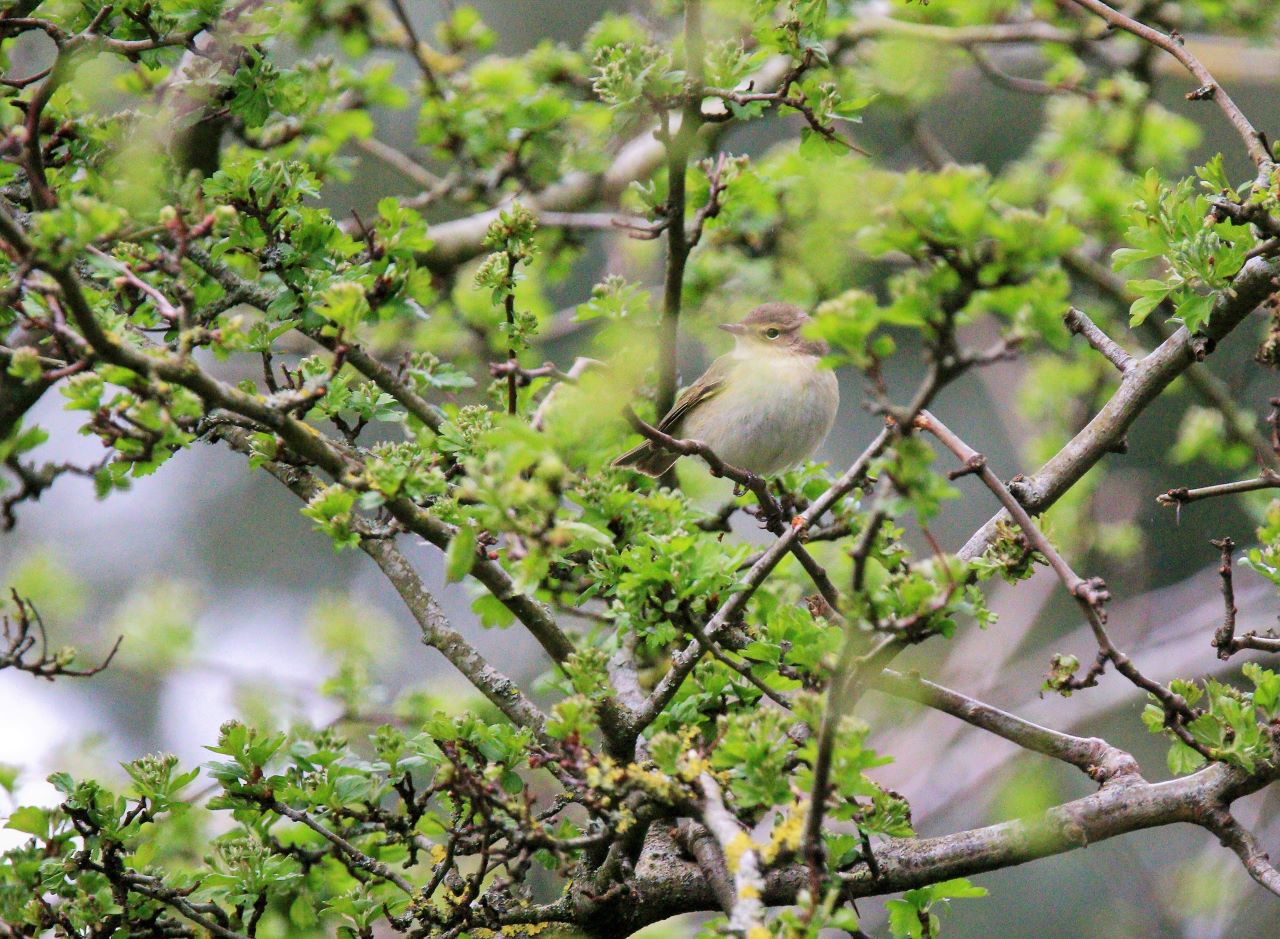
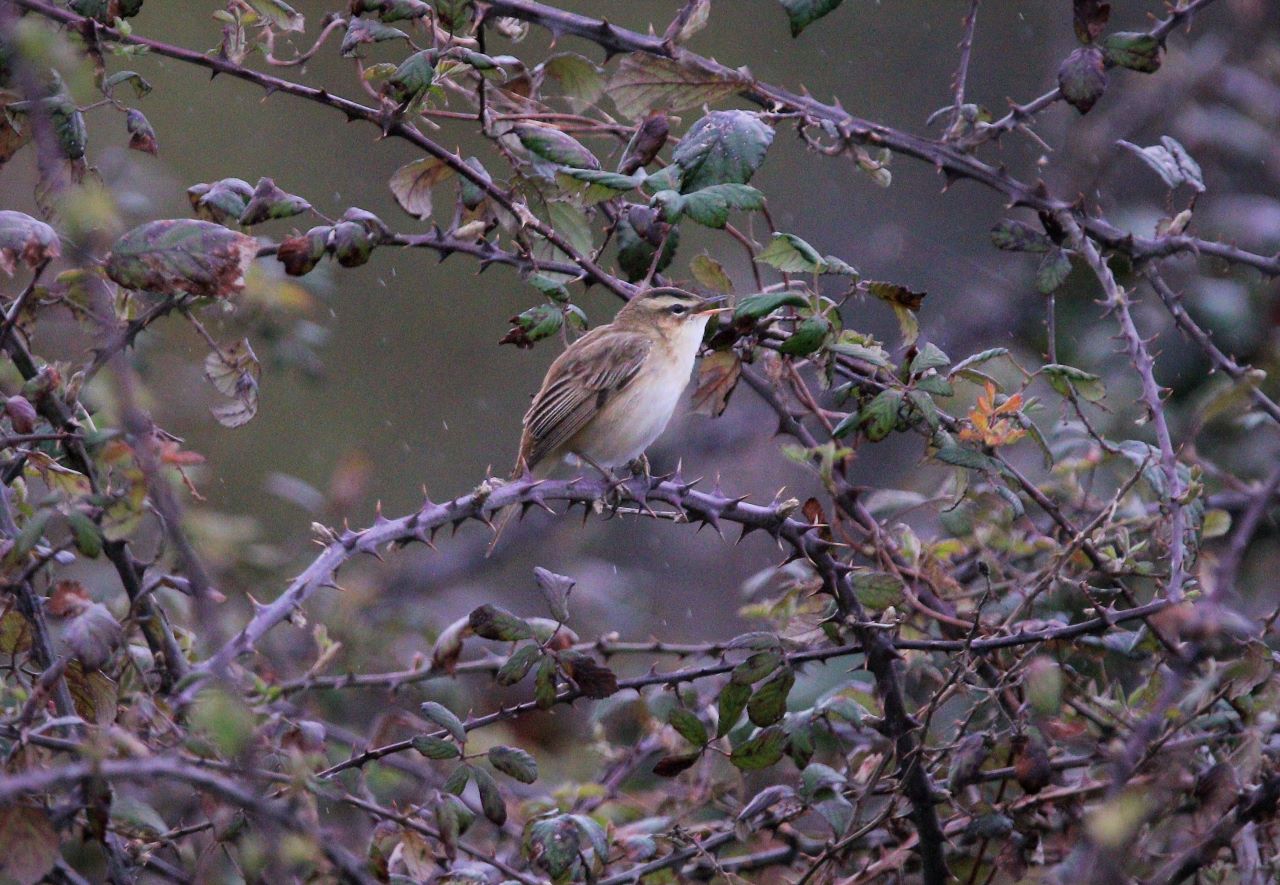
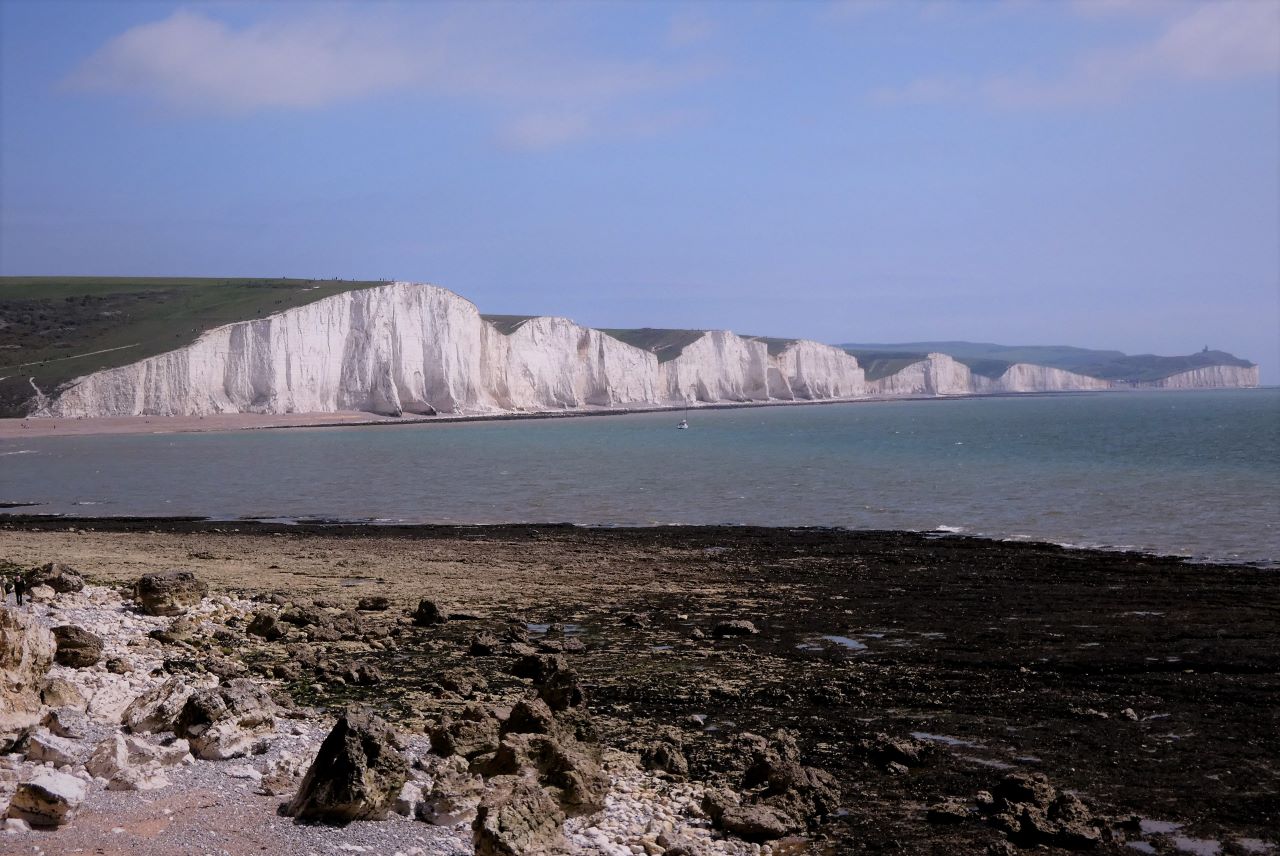
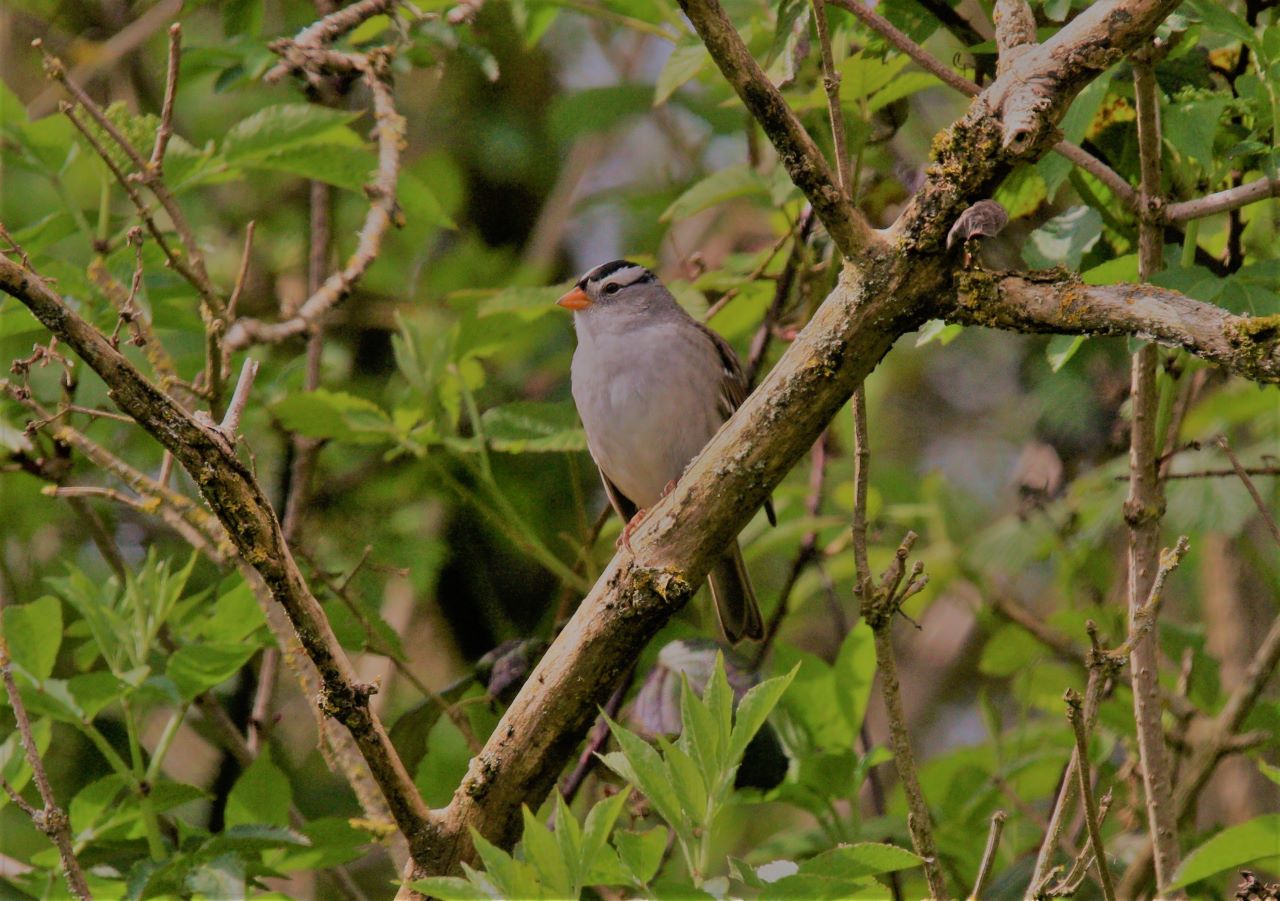

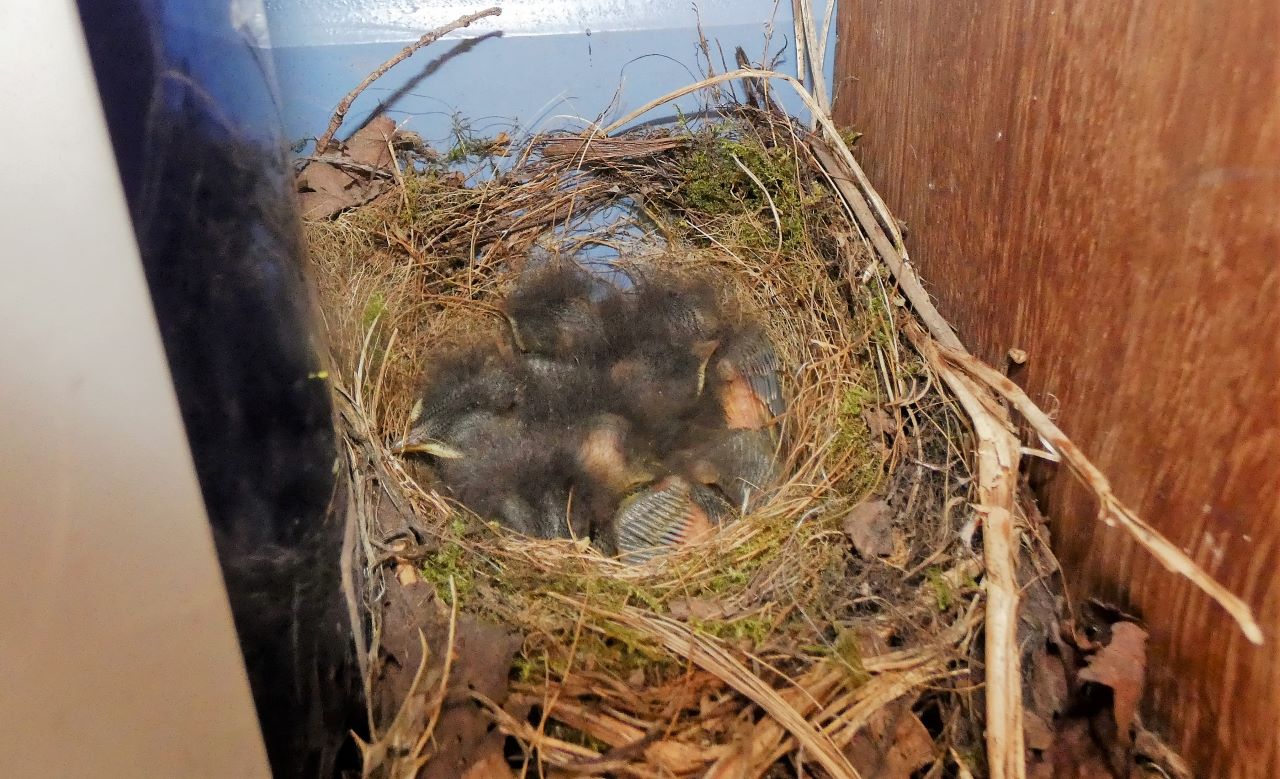
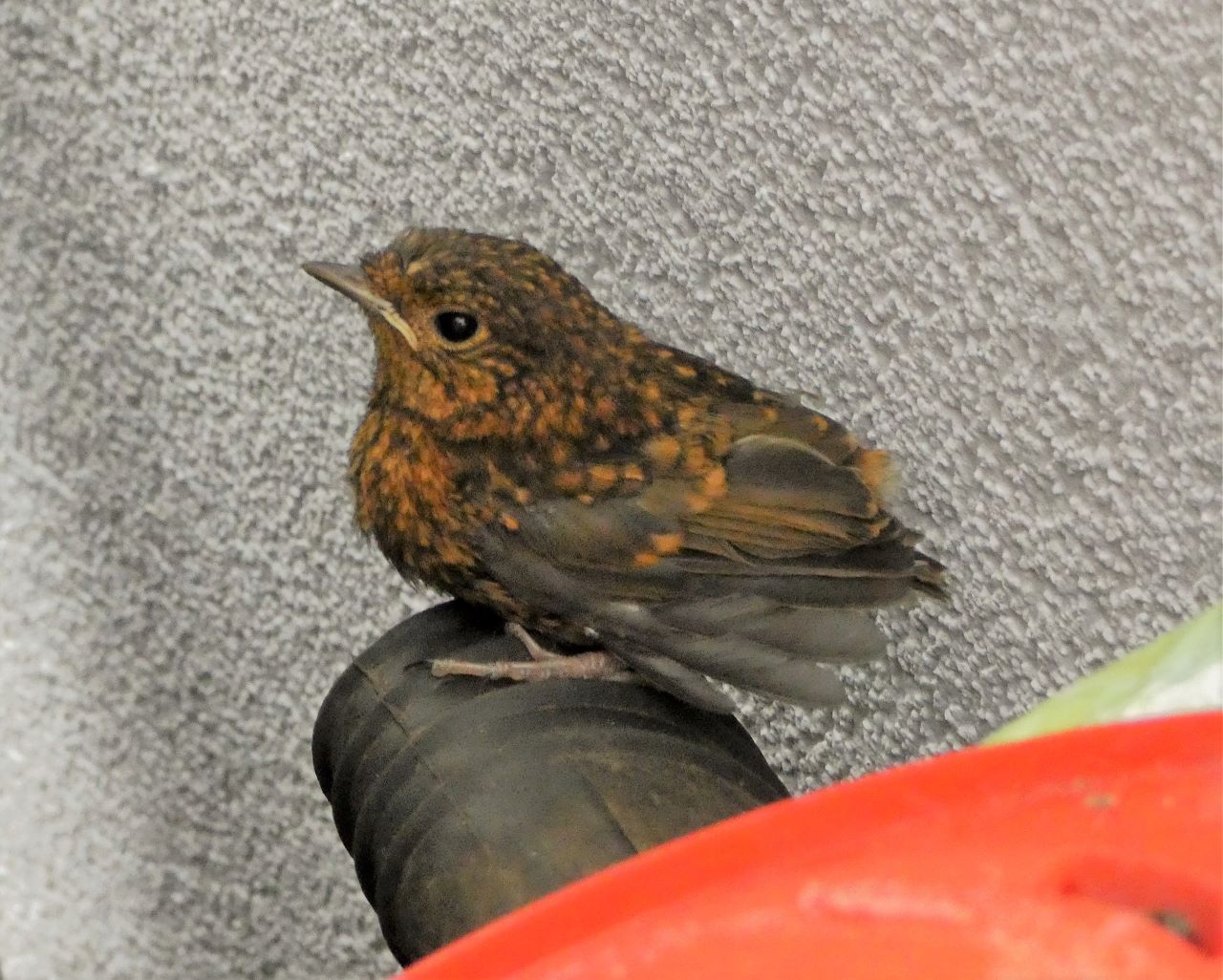



Susan Smith
May 5, 2023 at 12:31 pm
Lovely photos well done